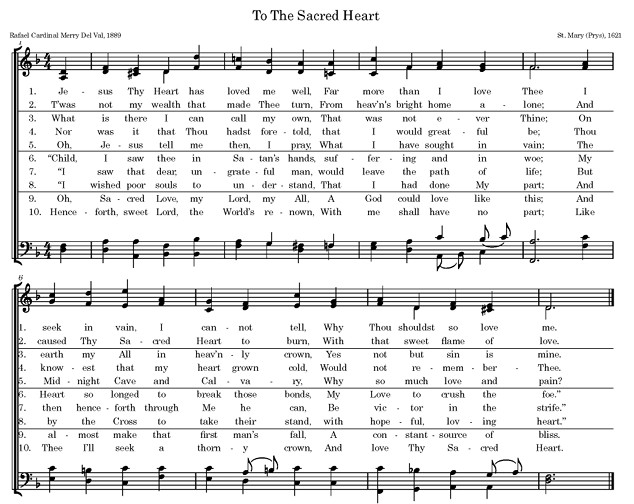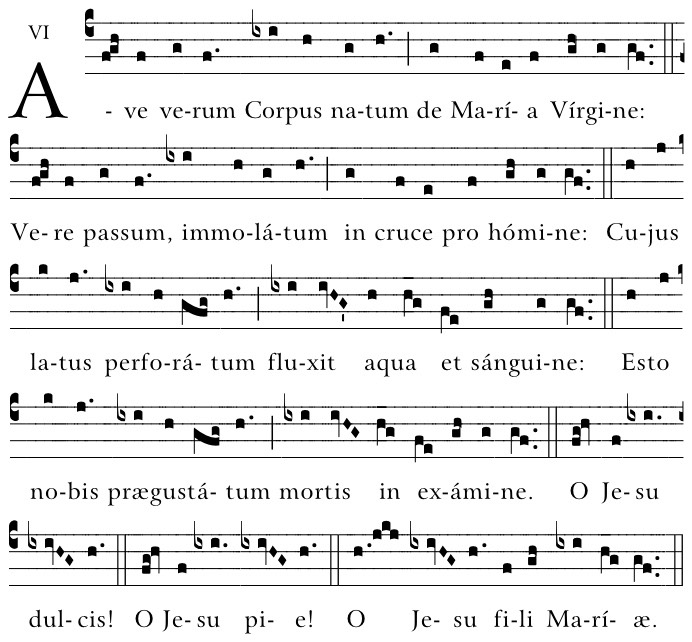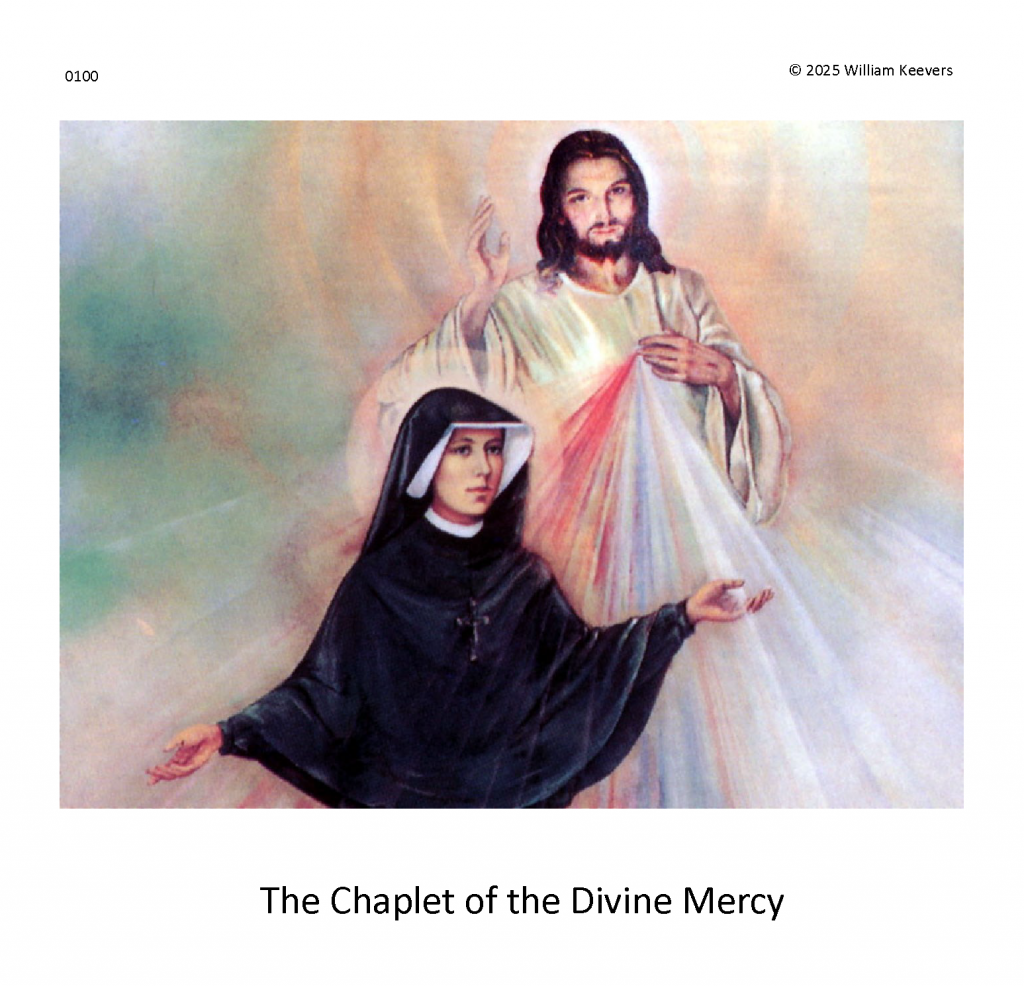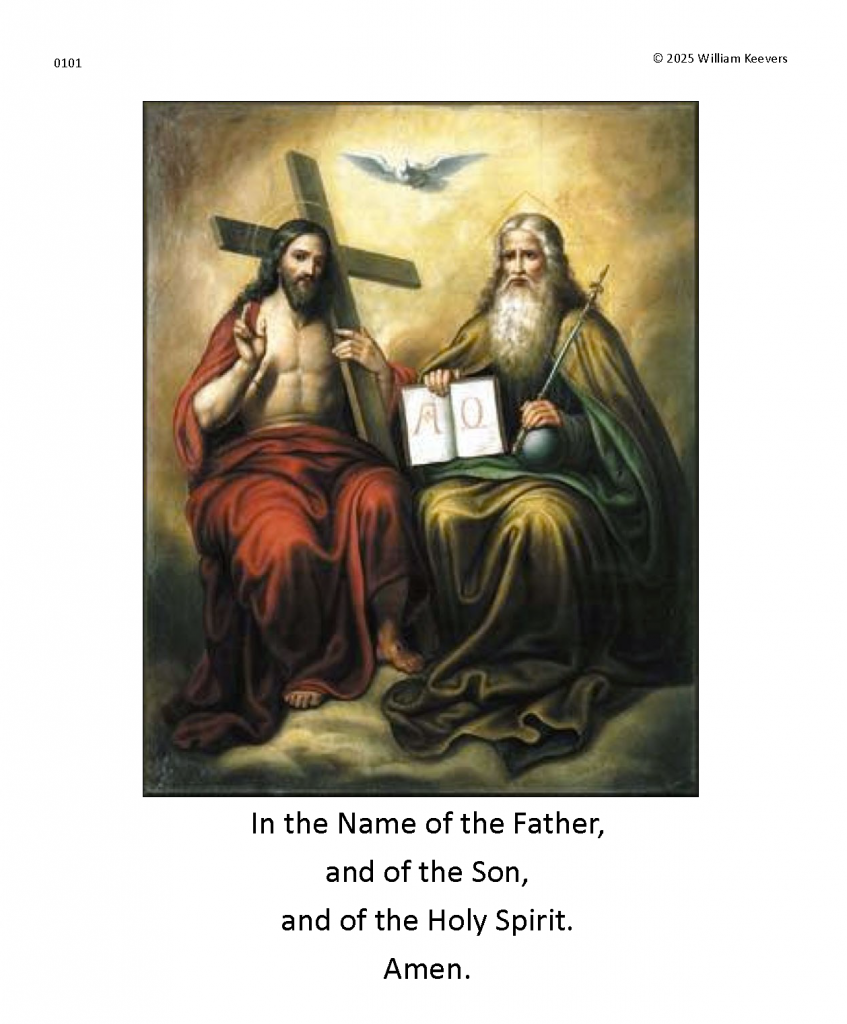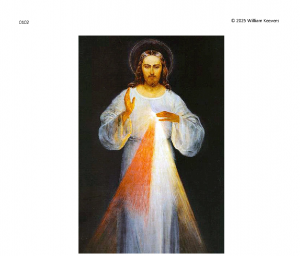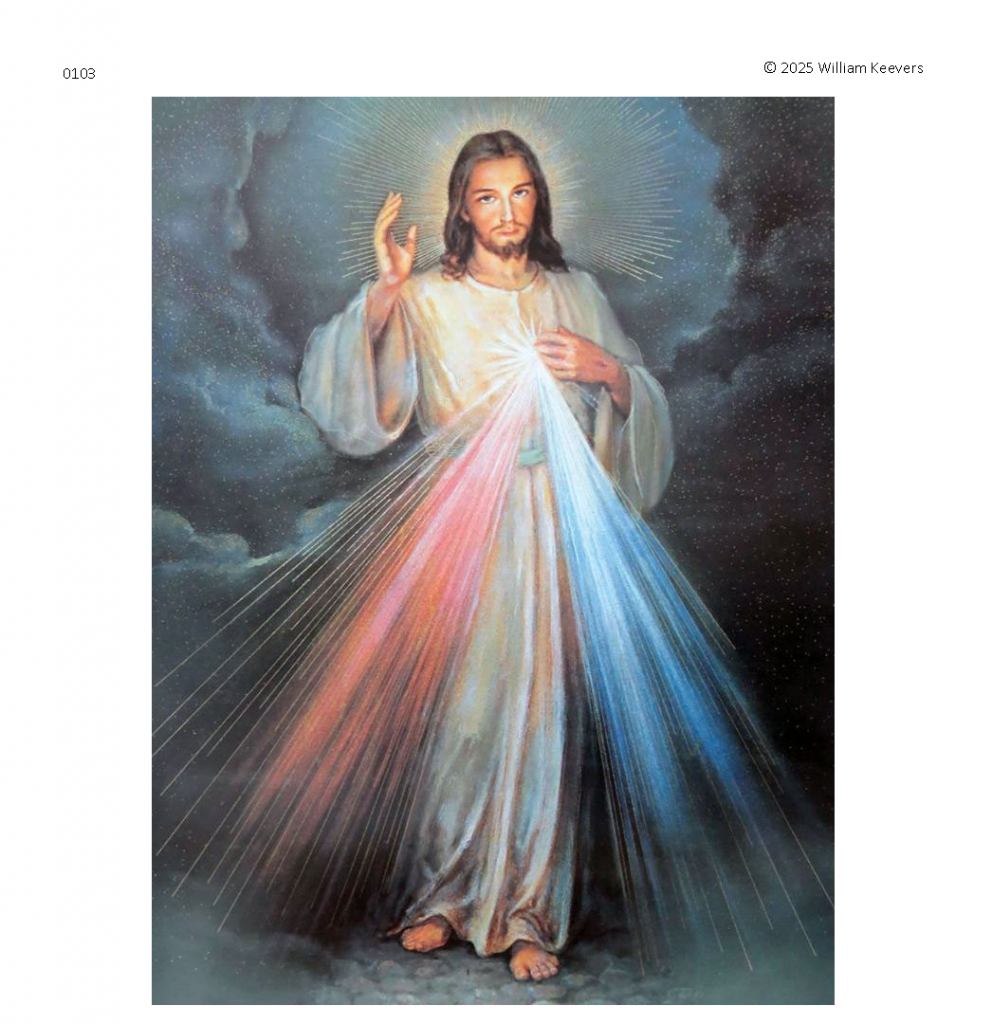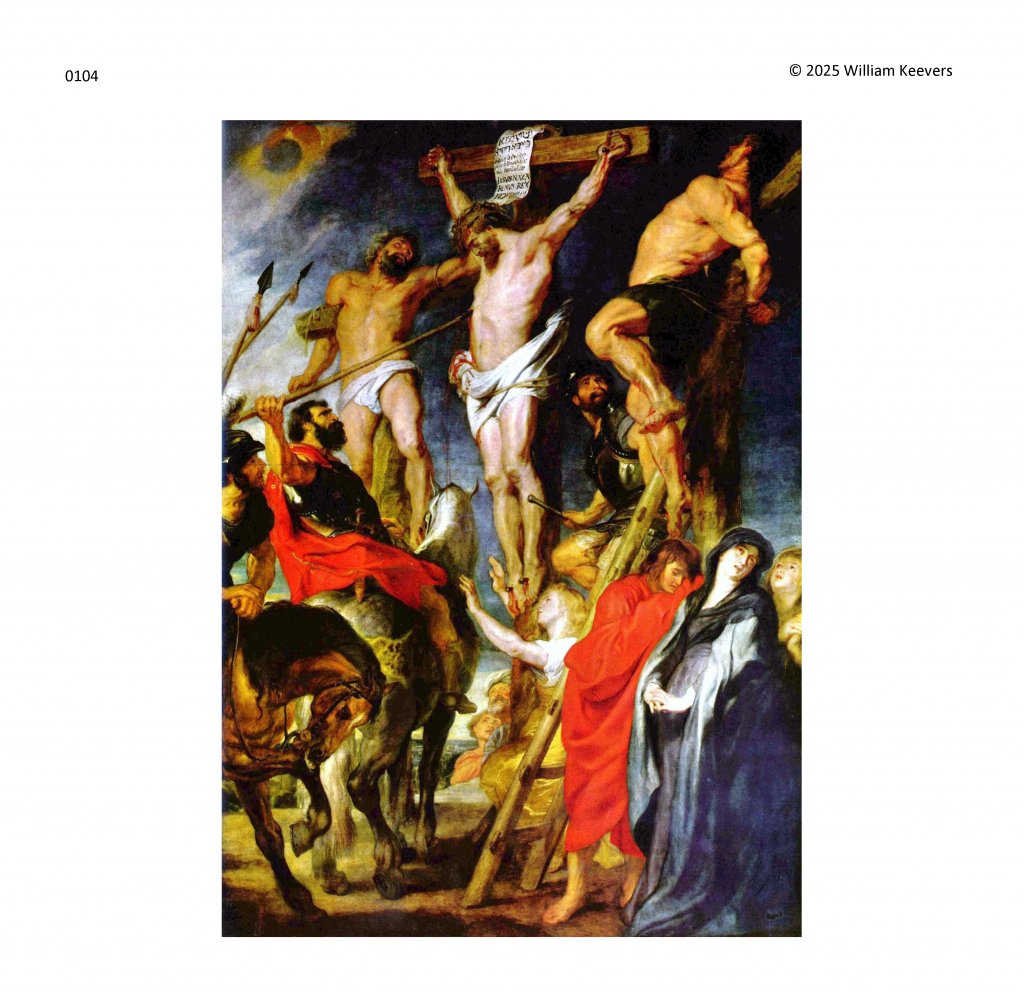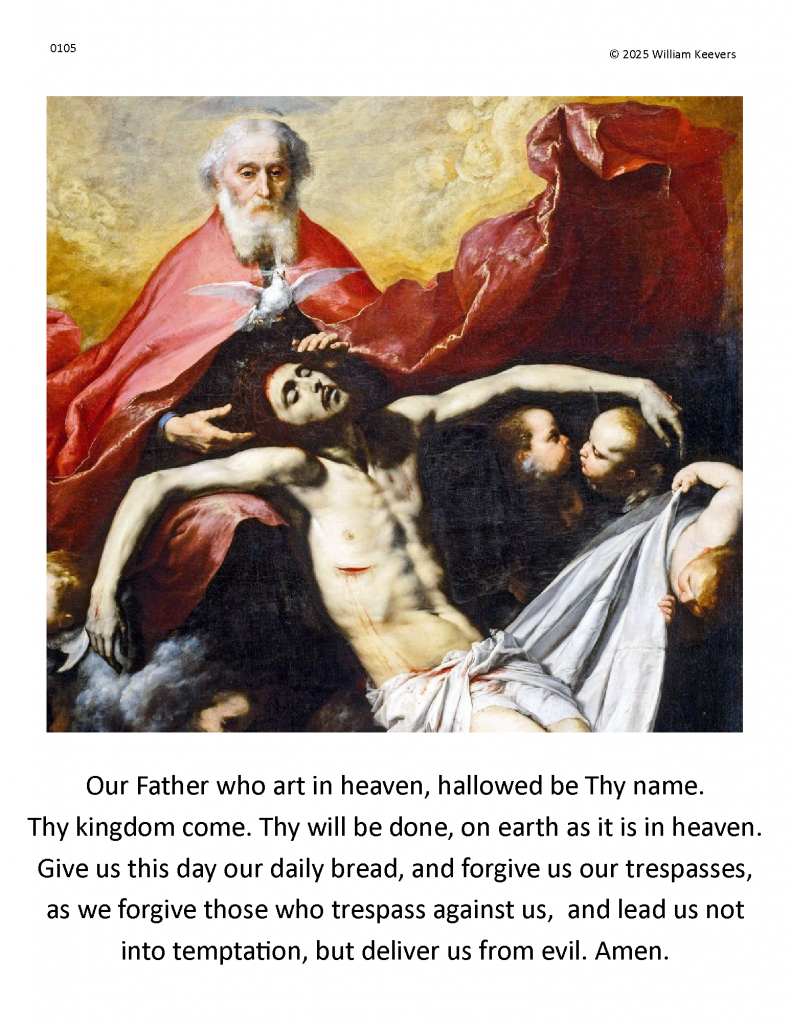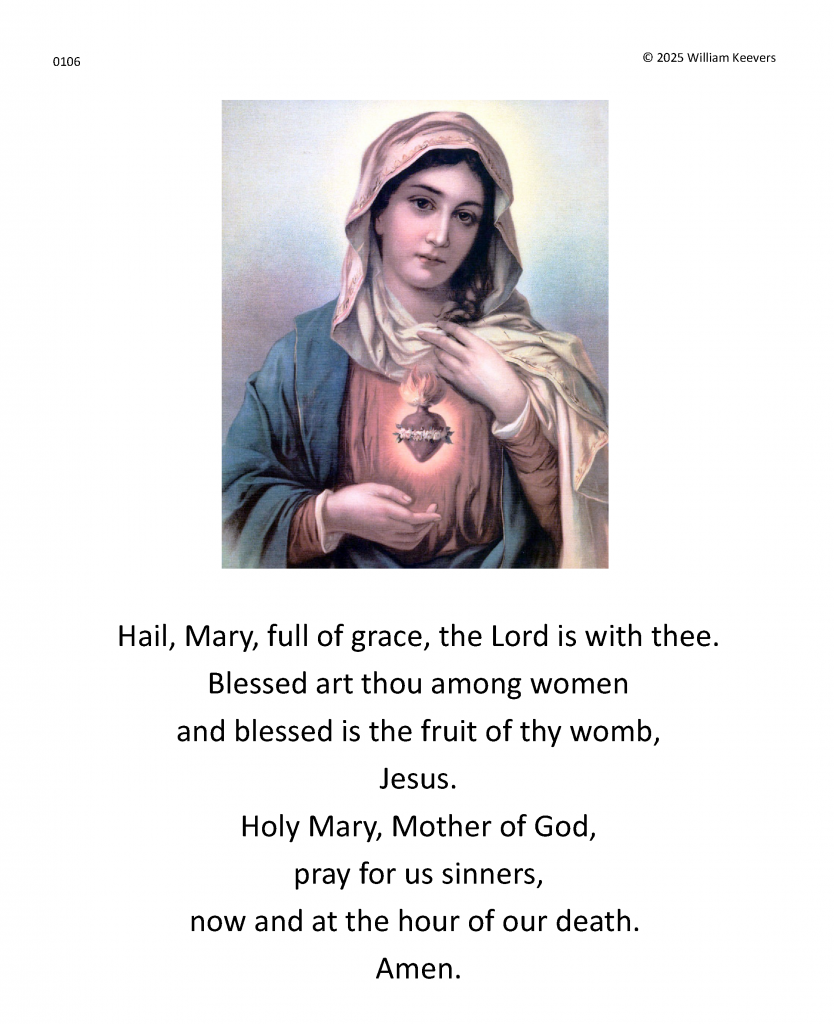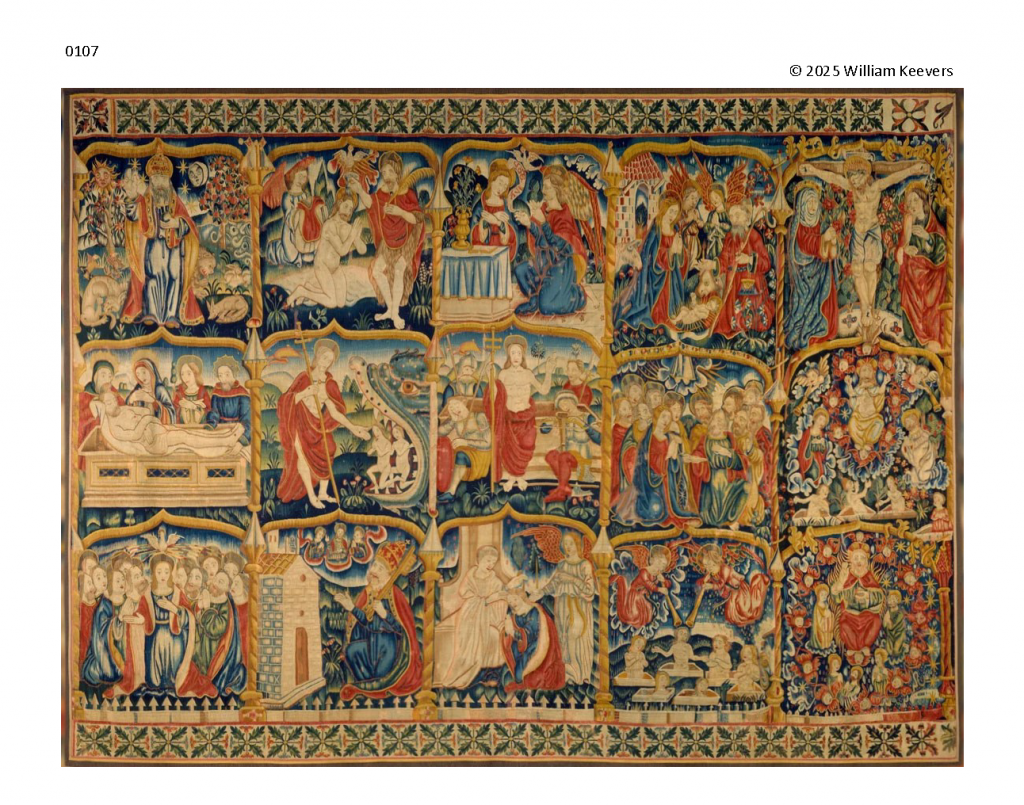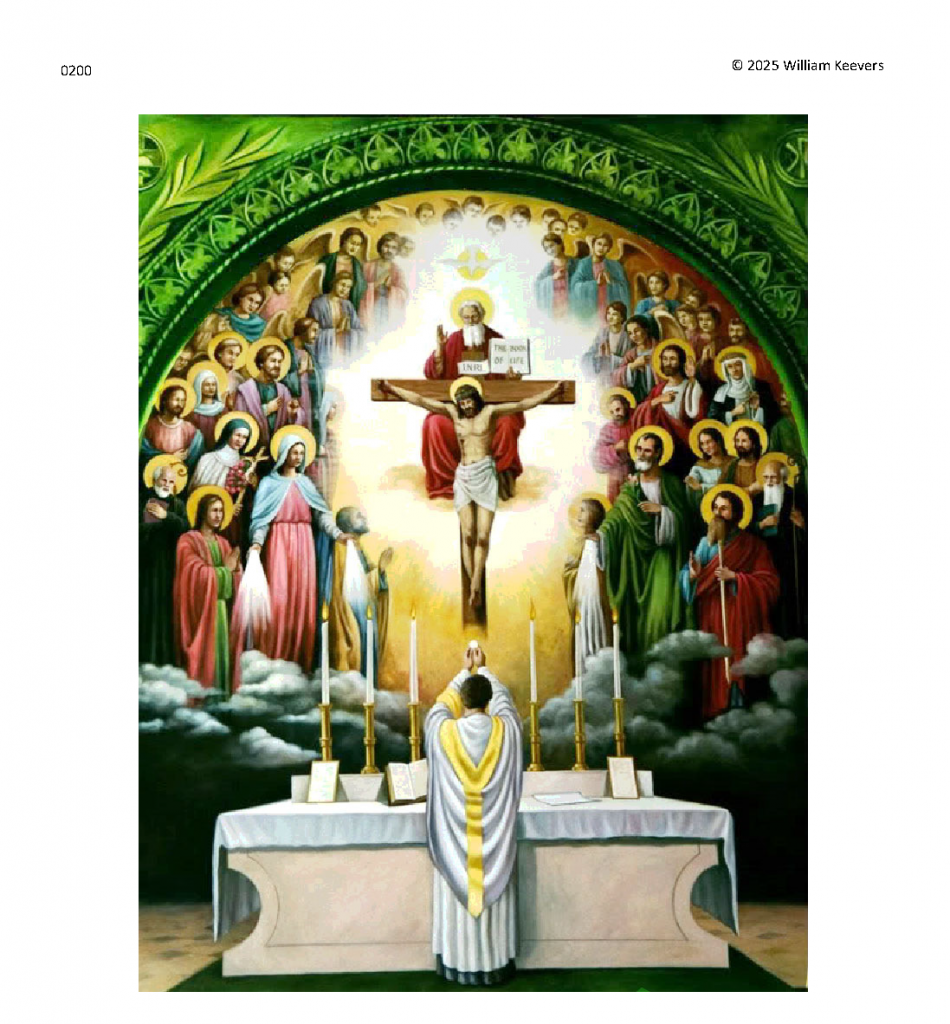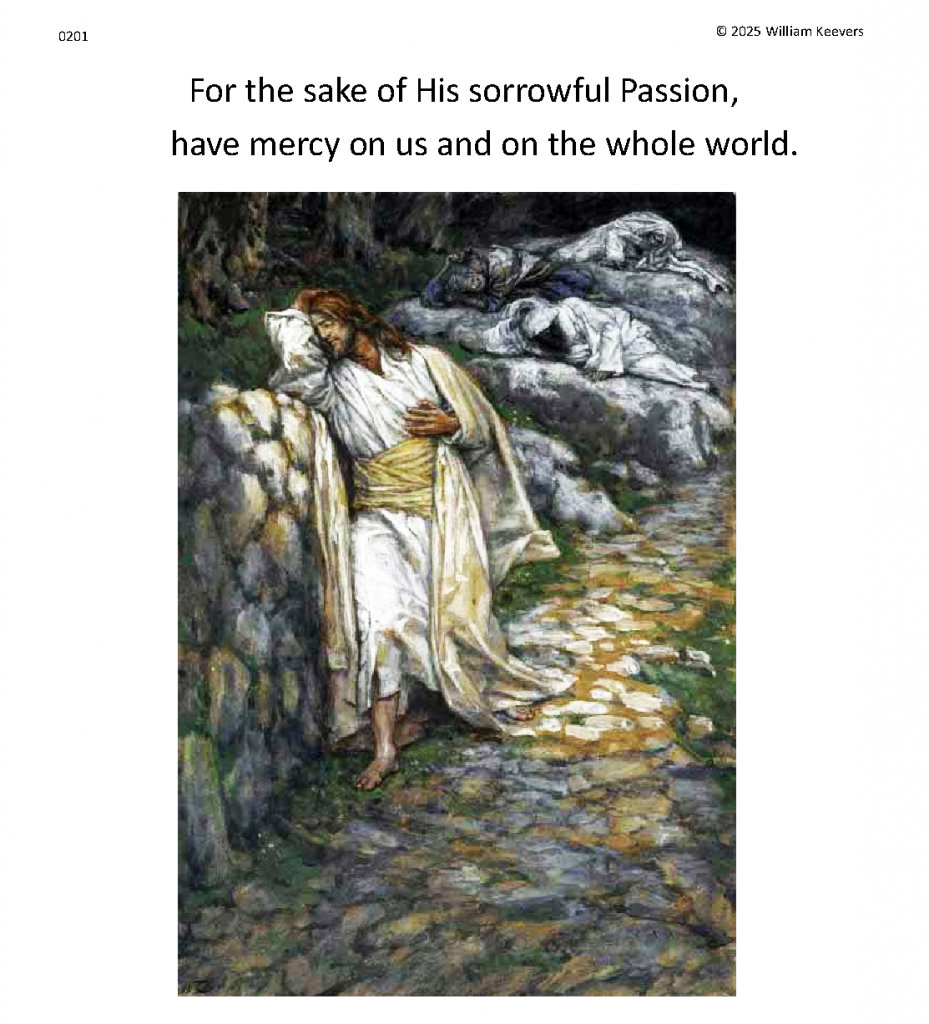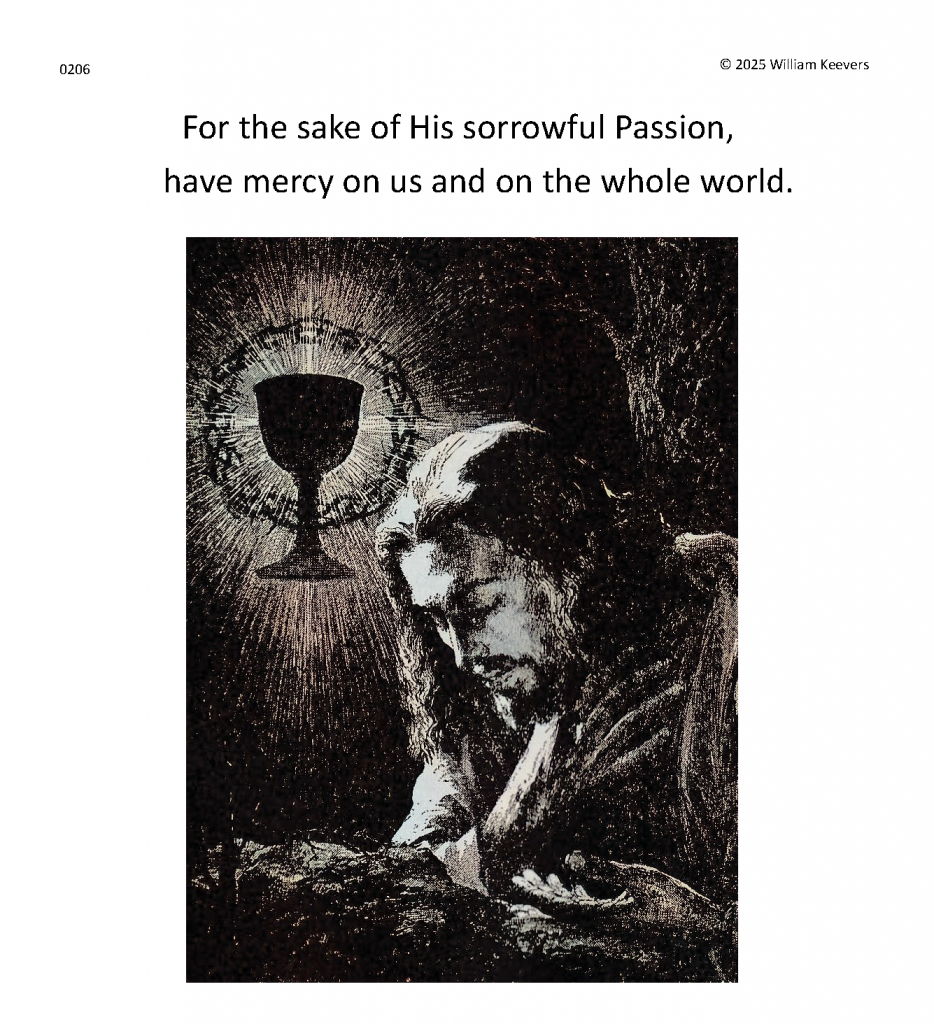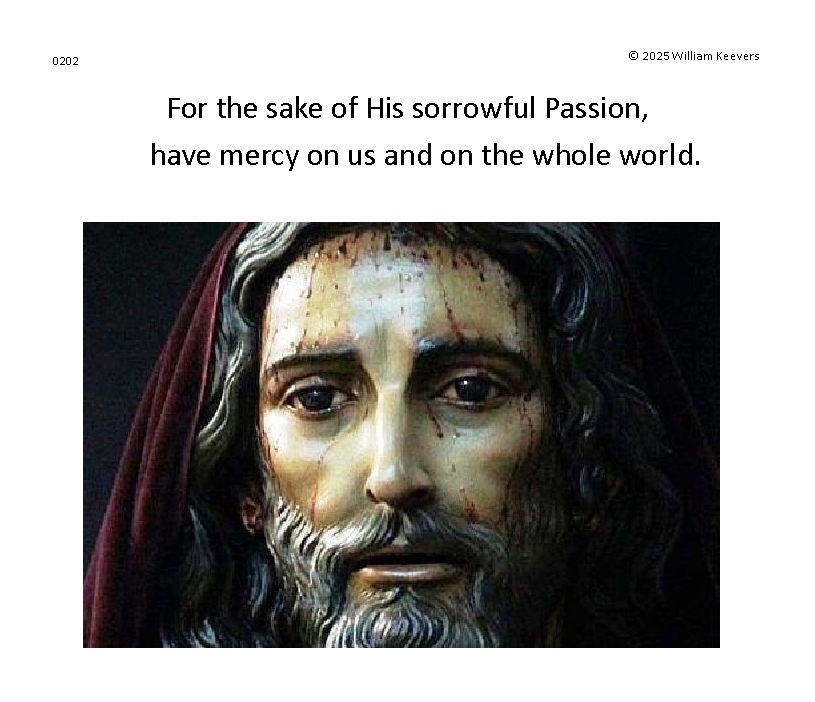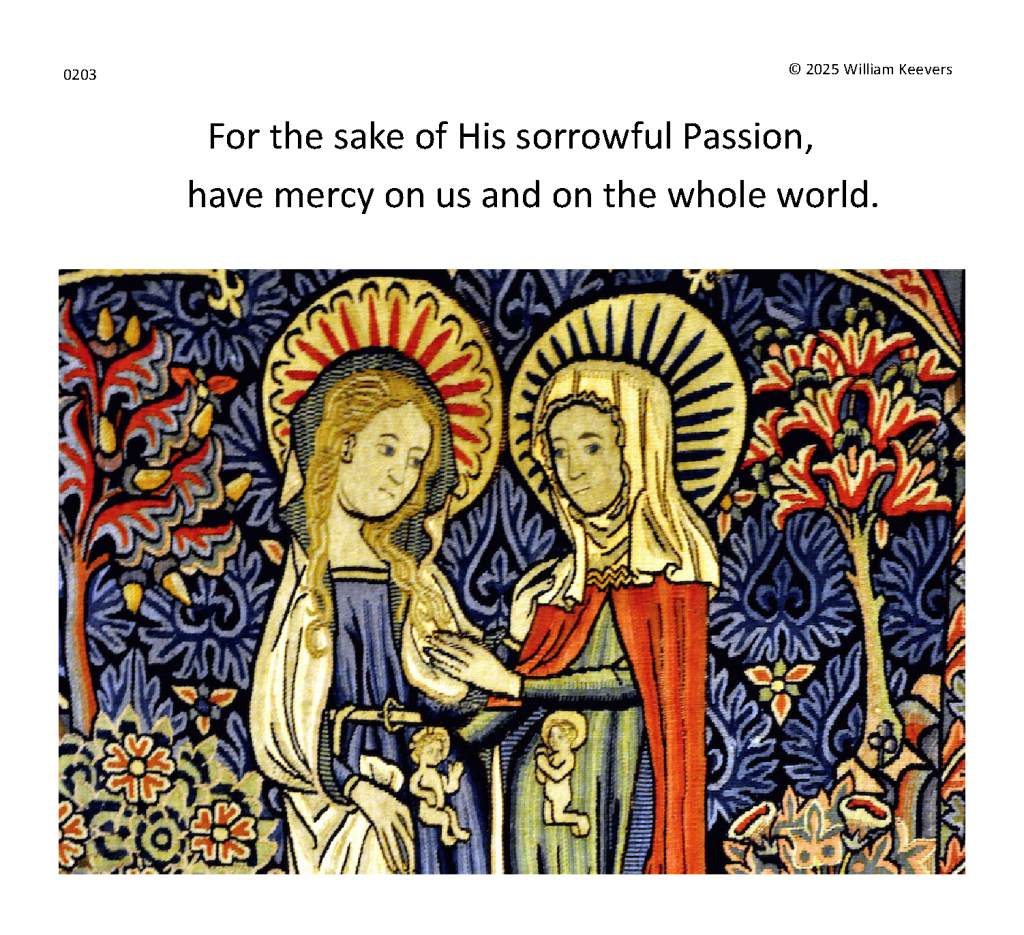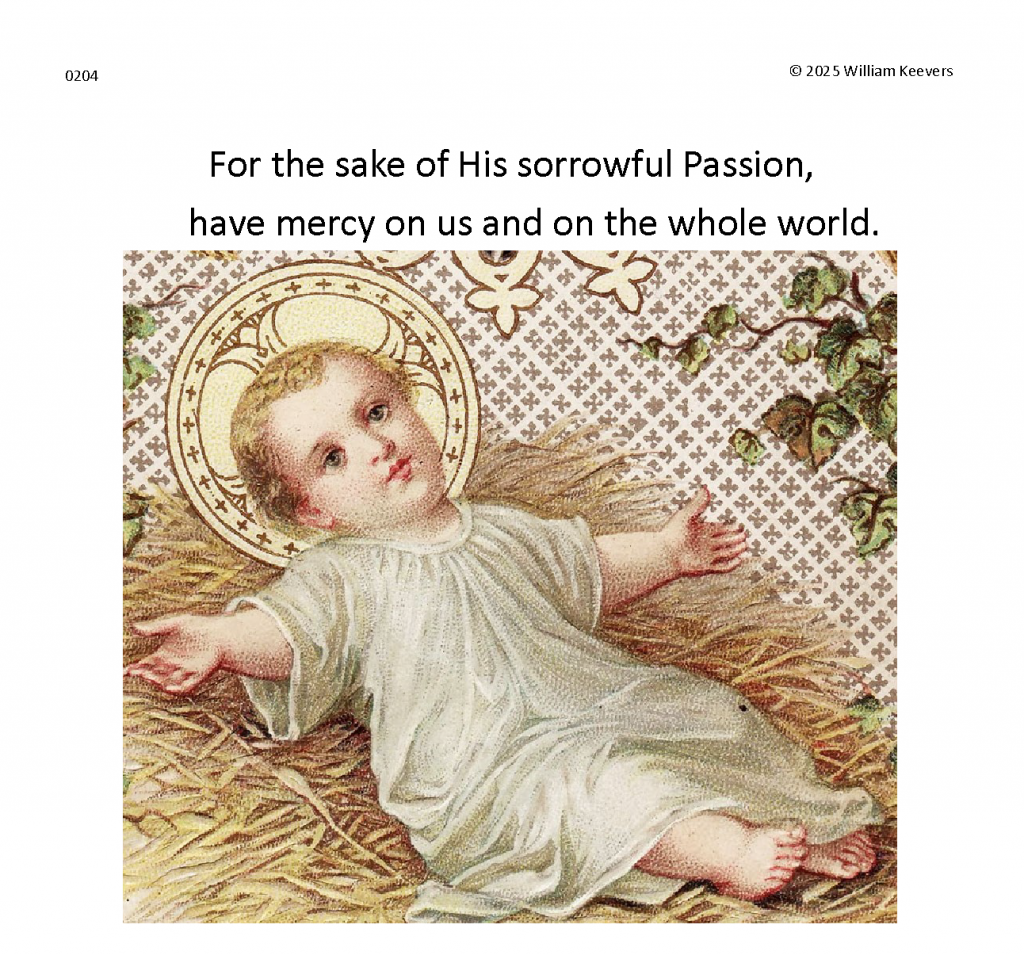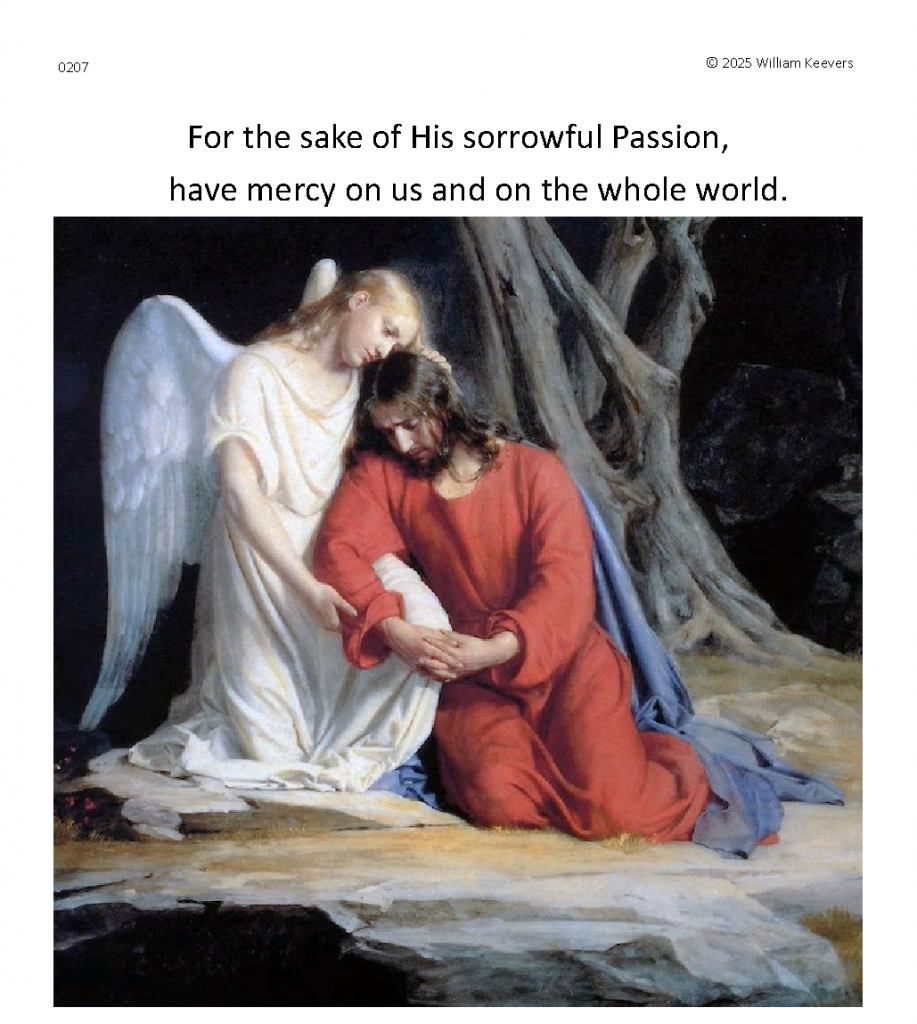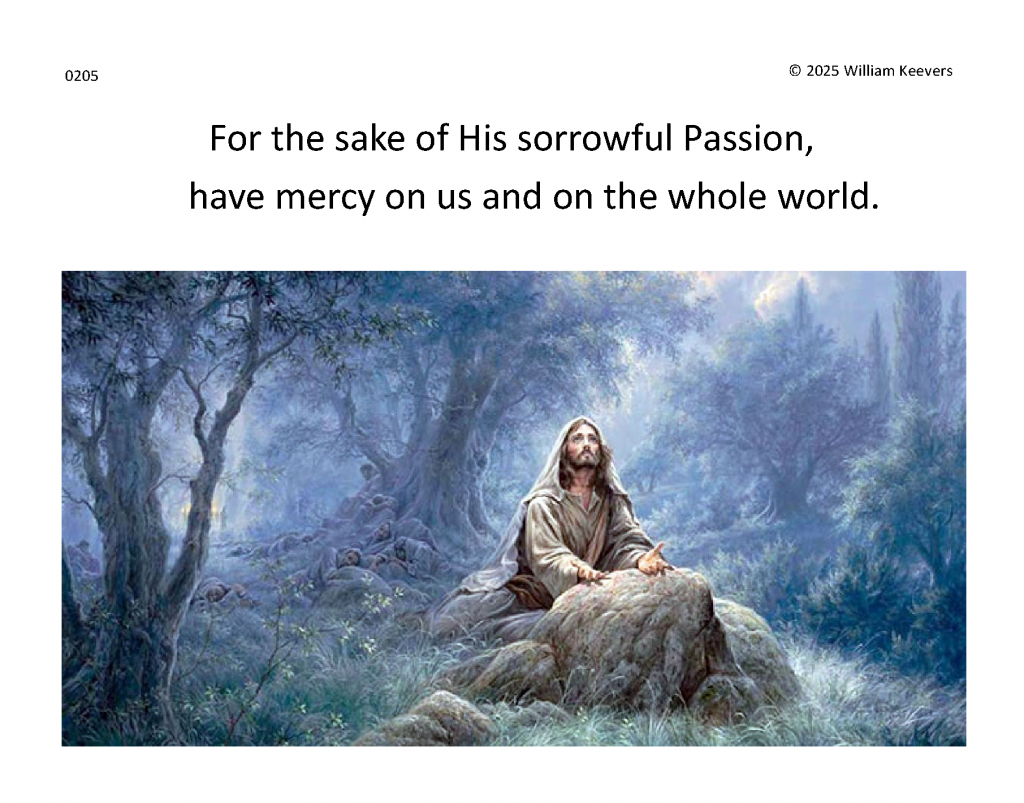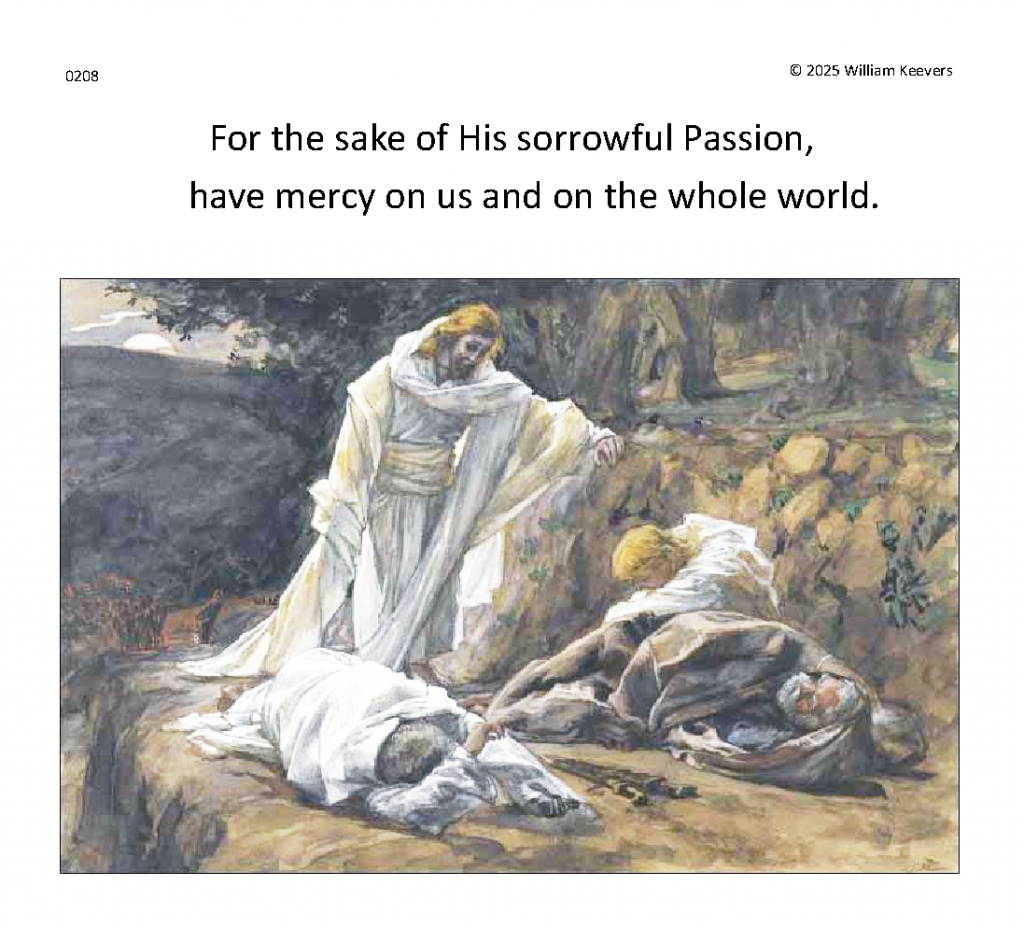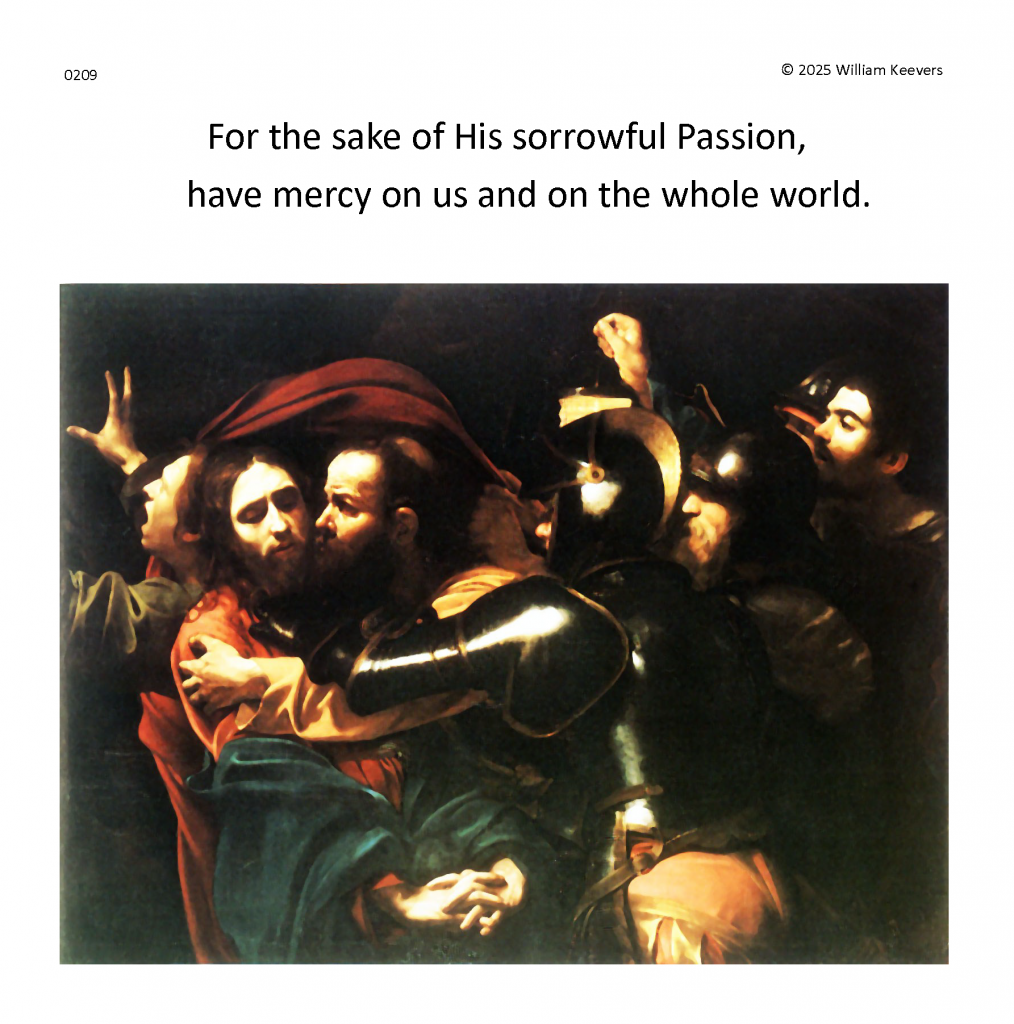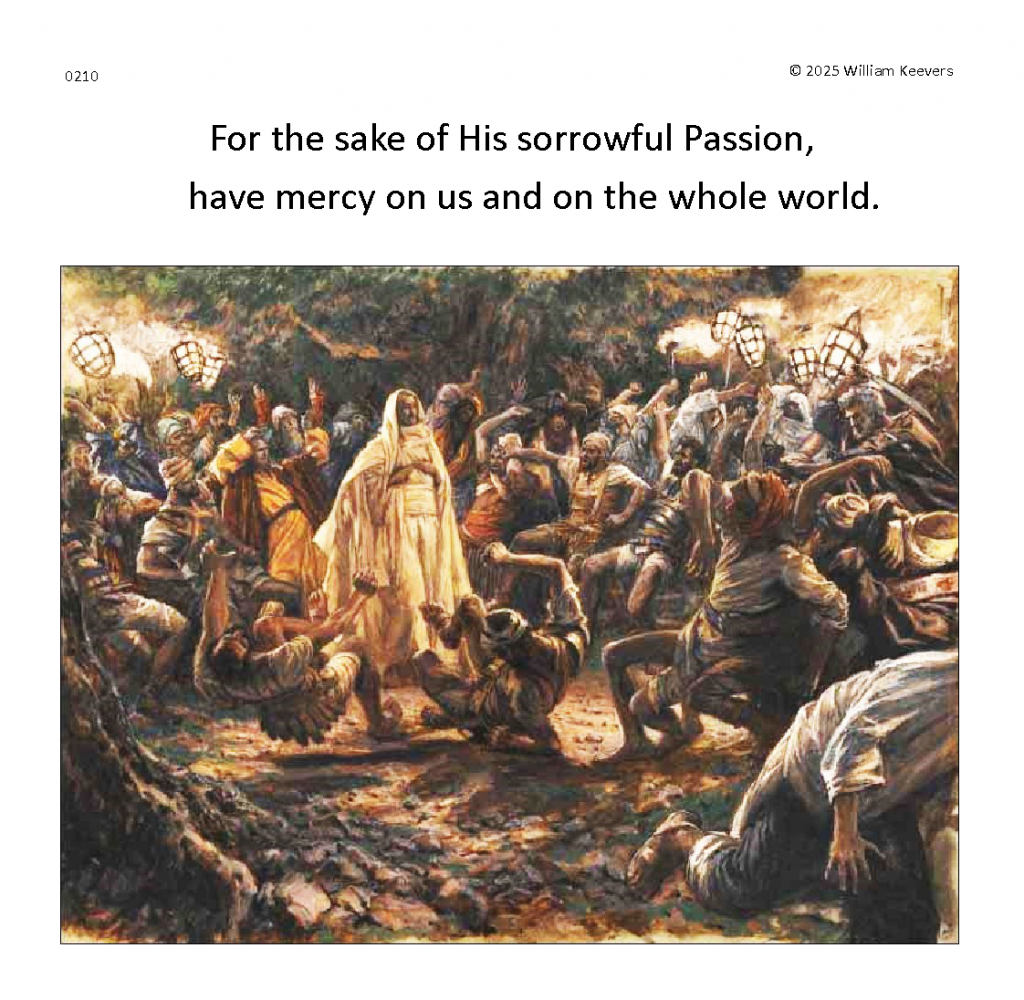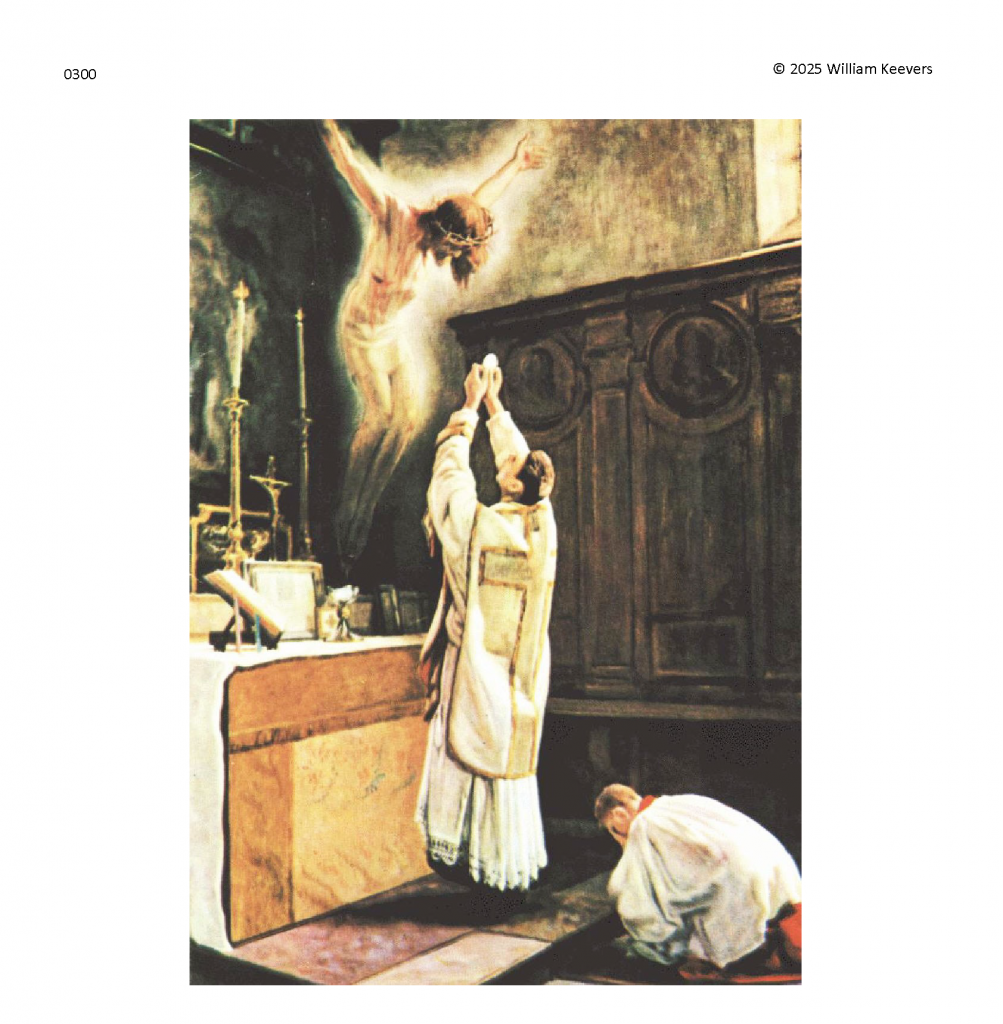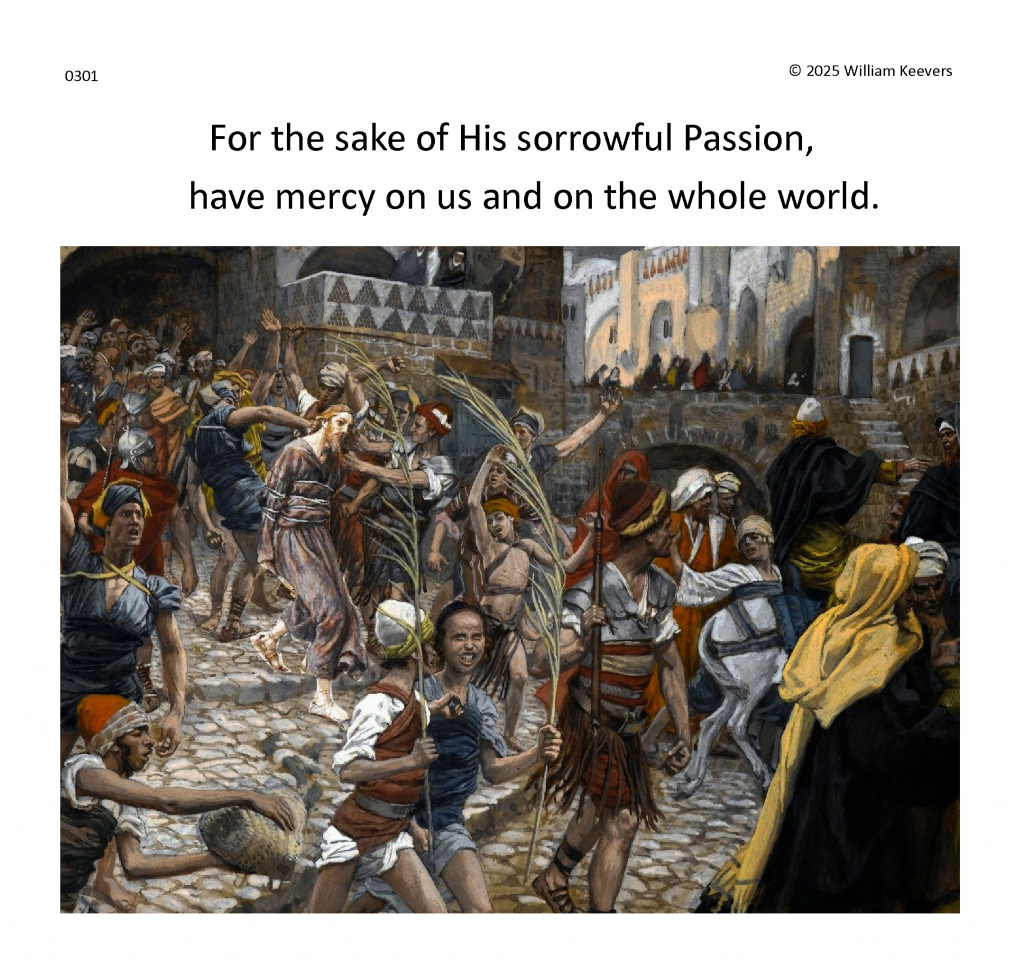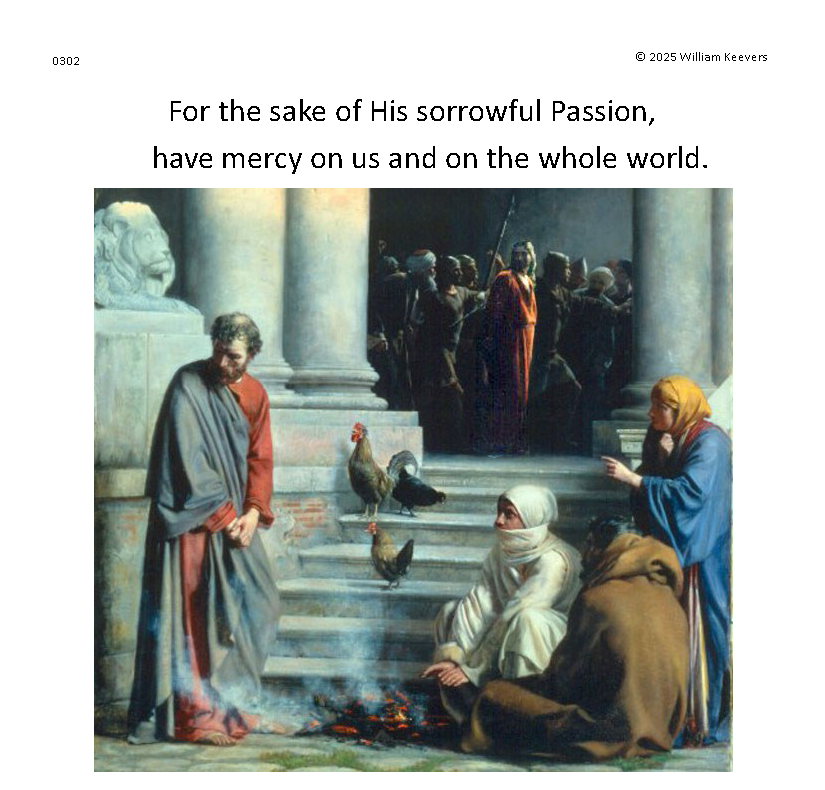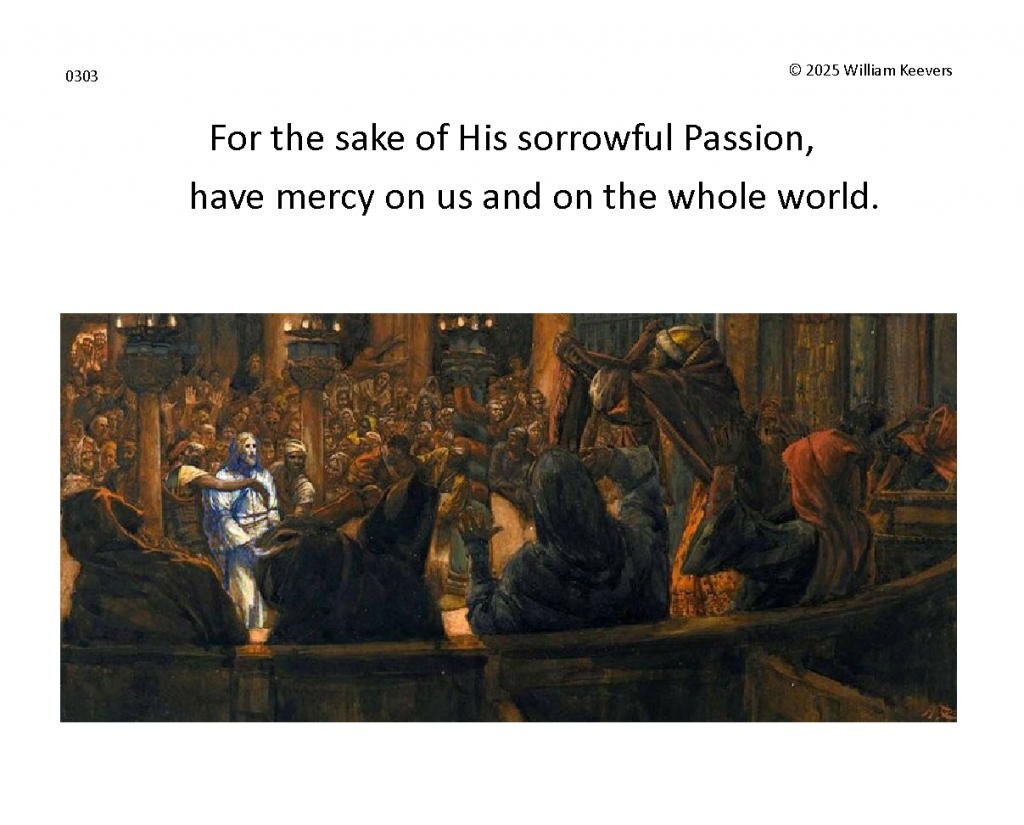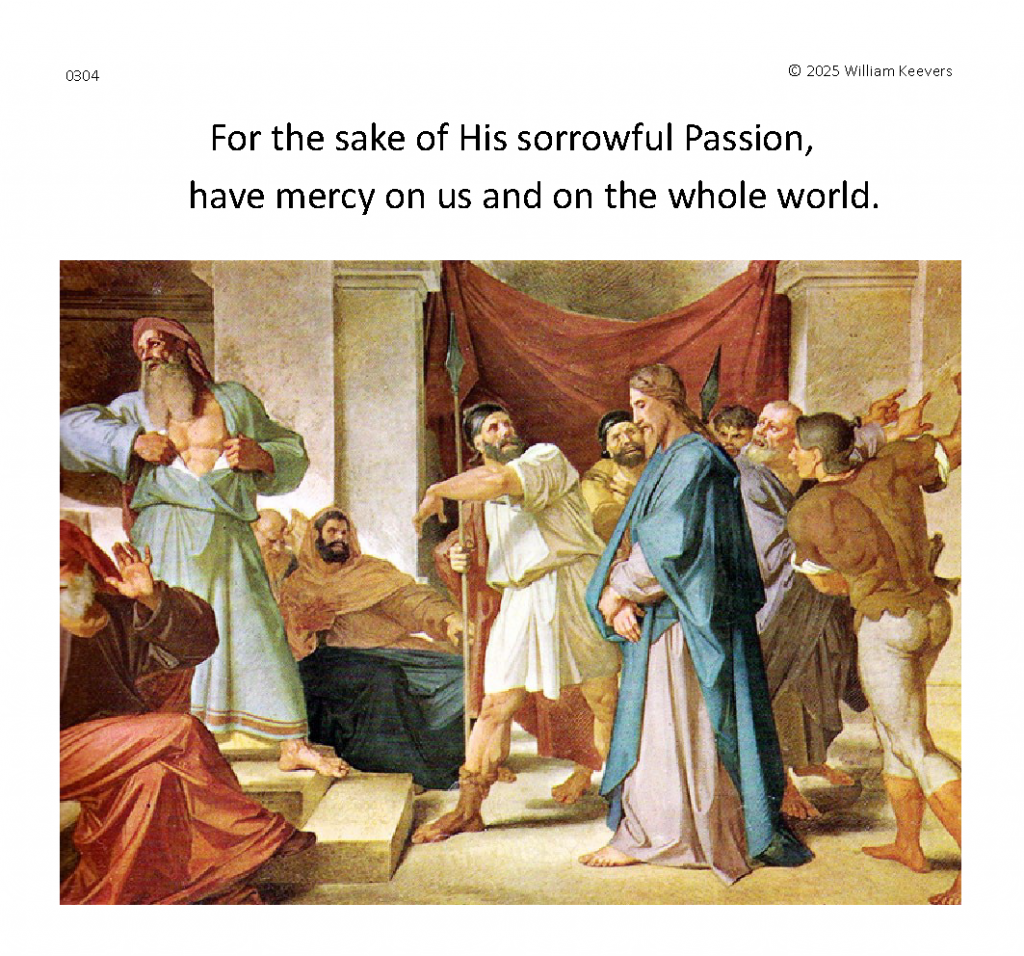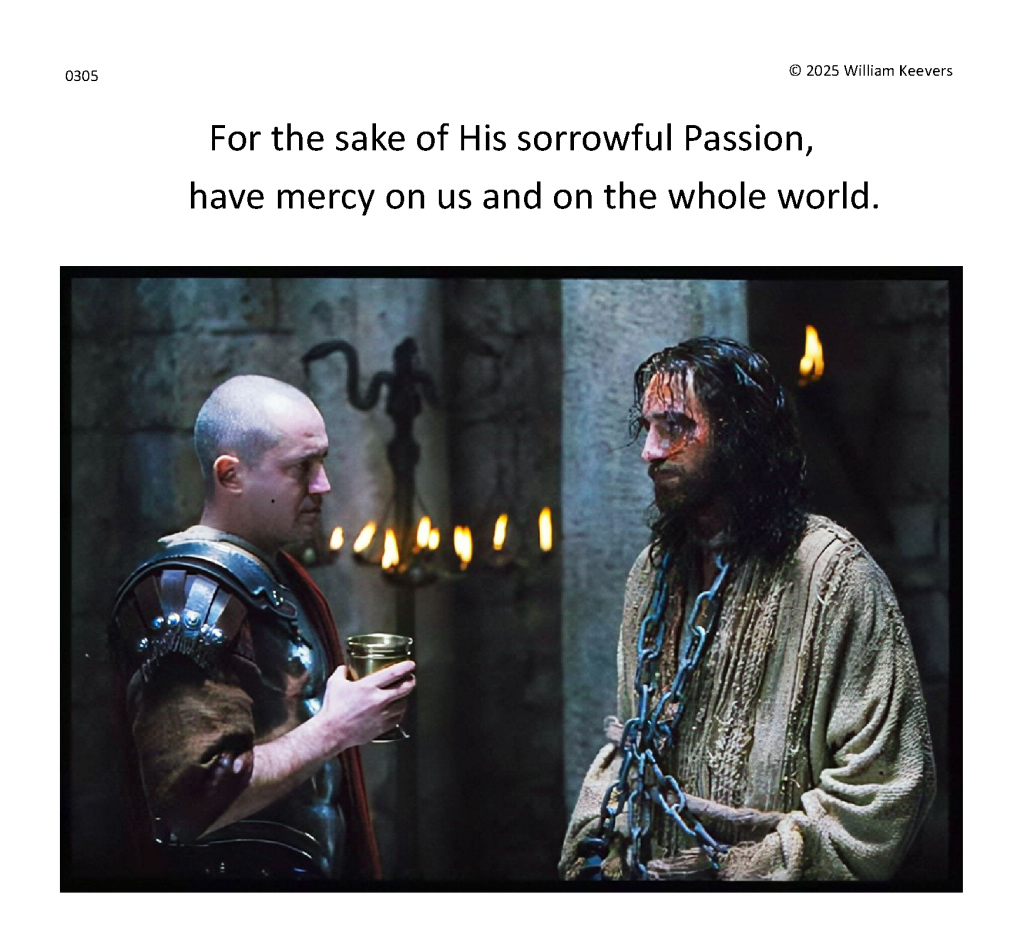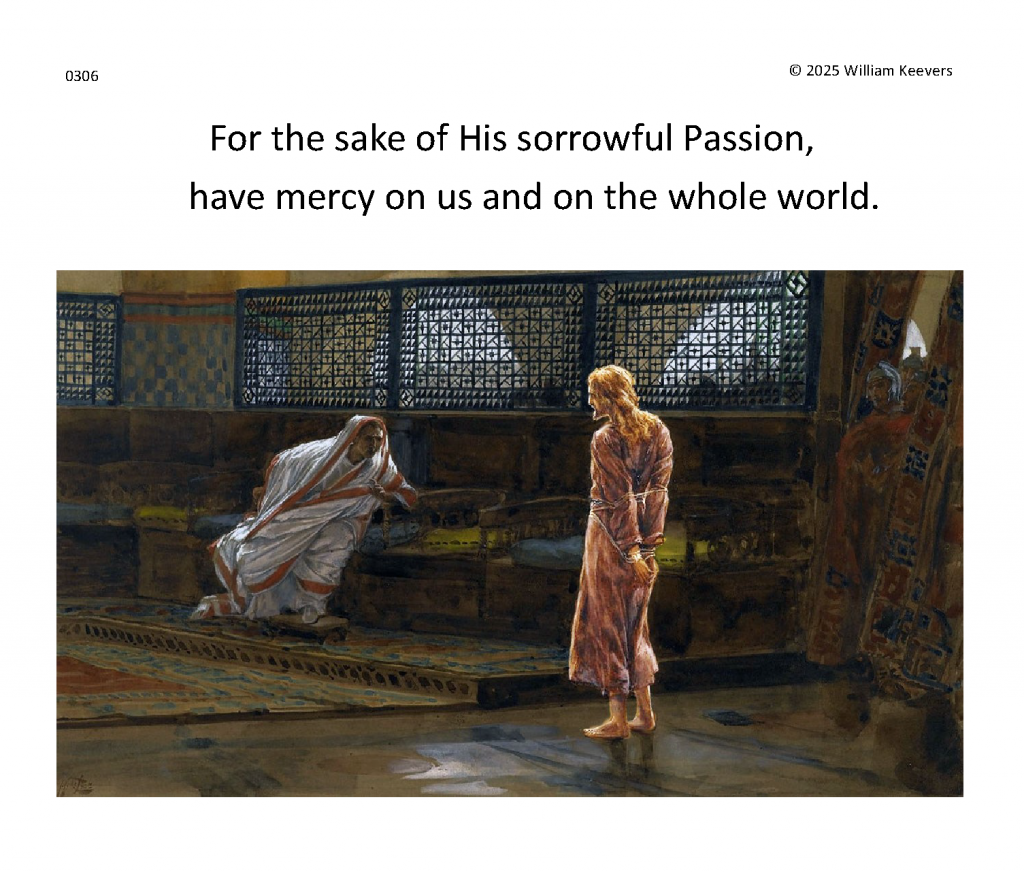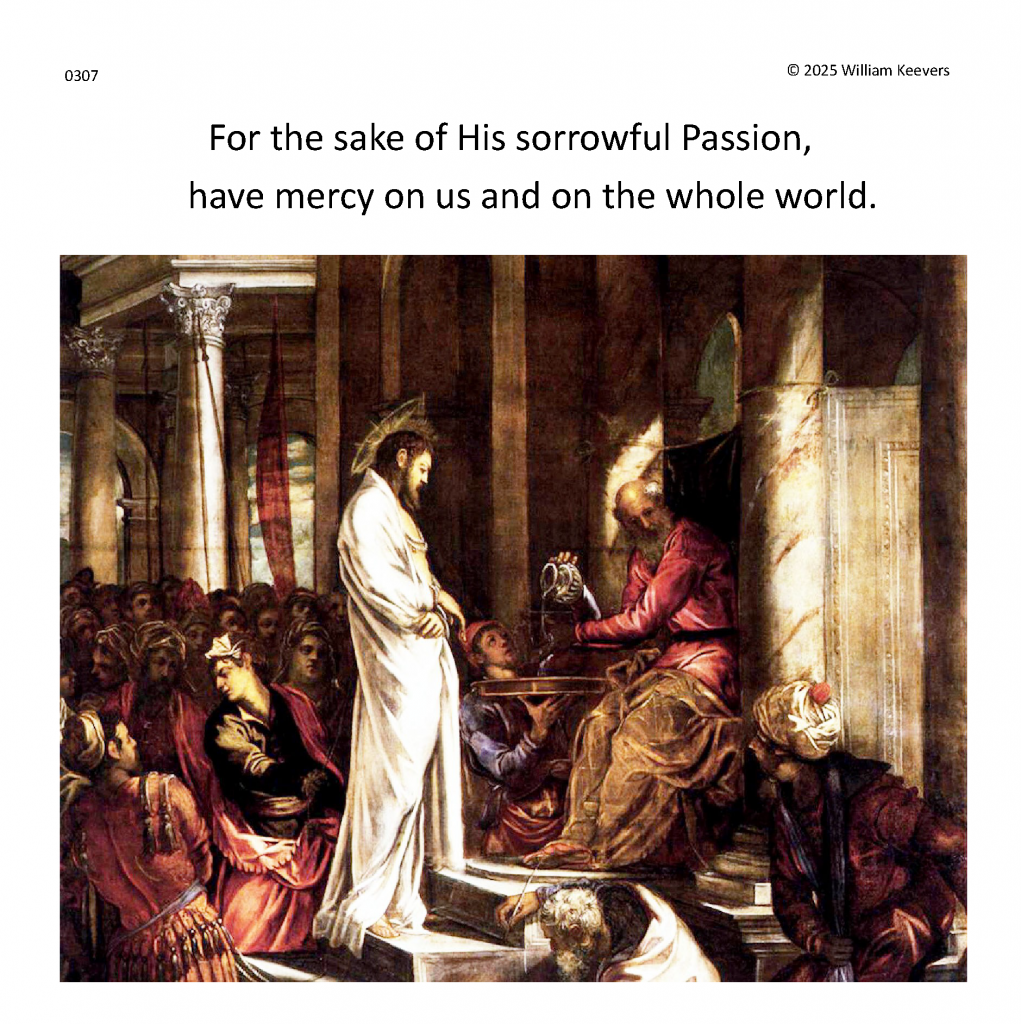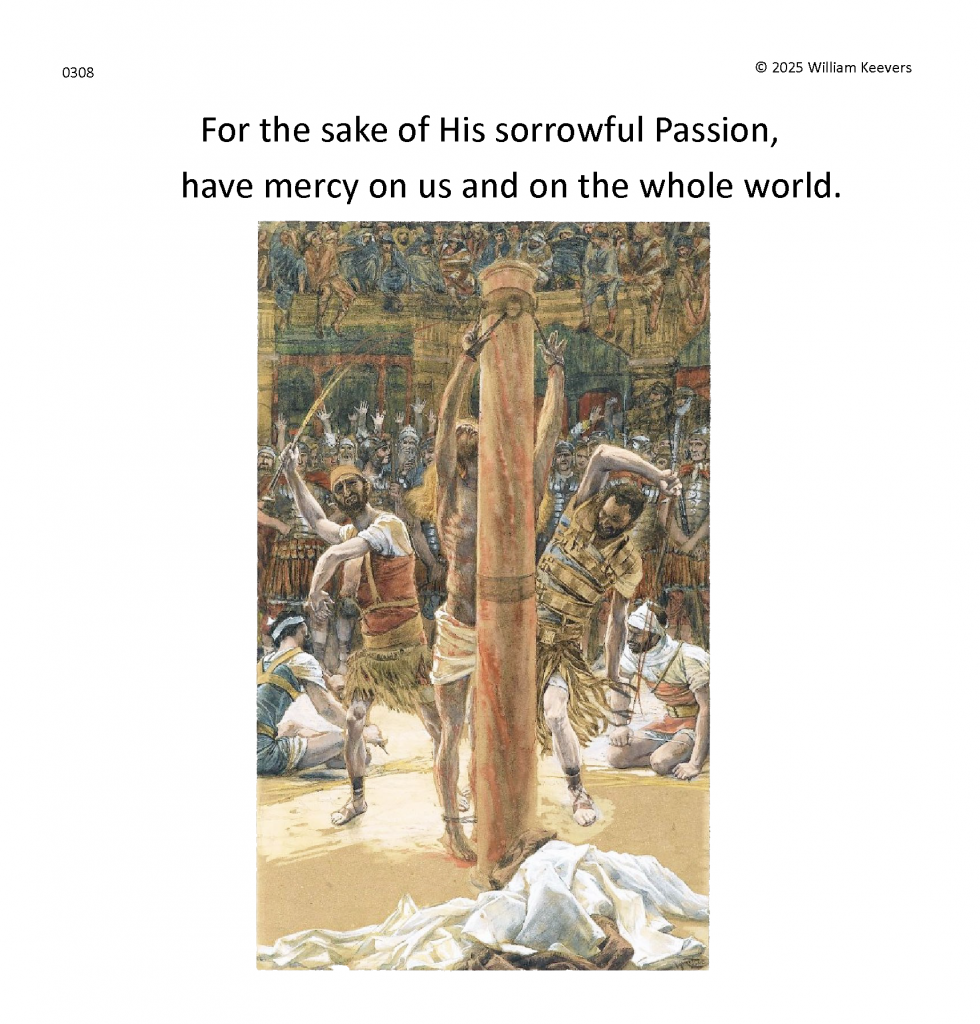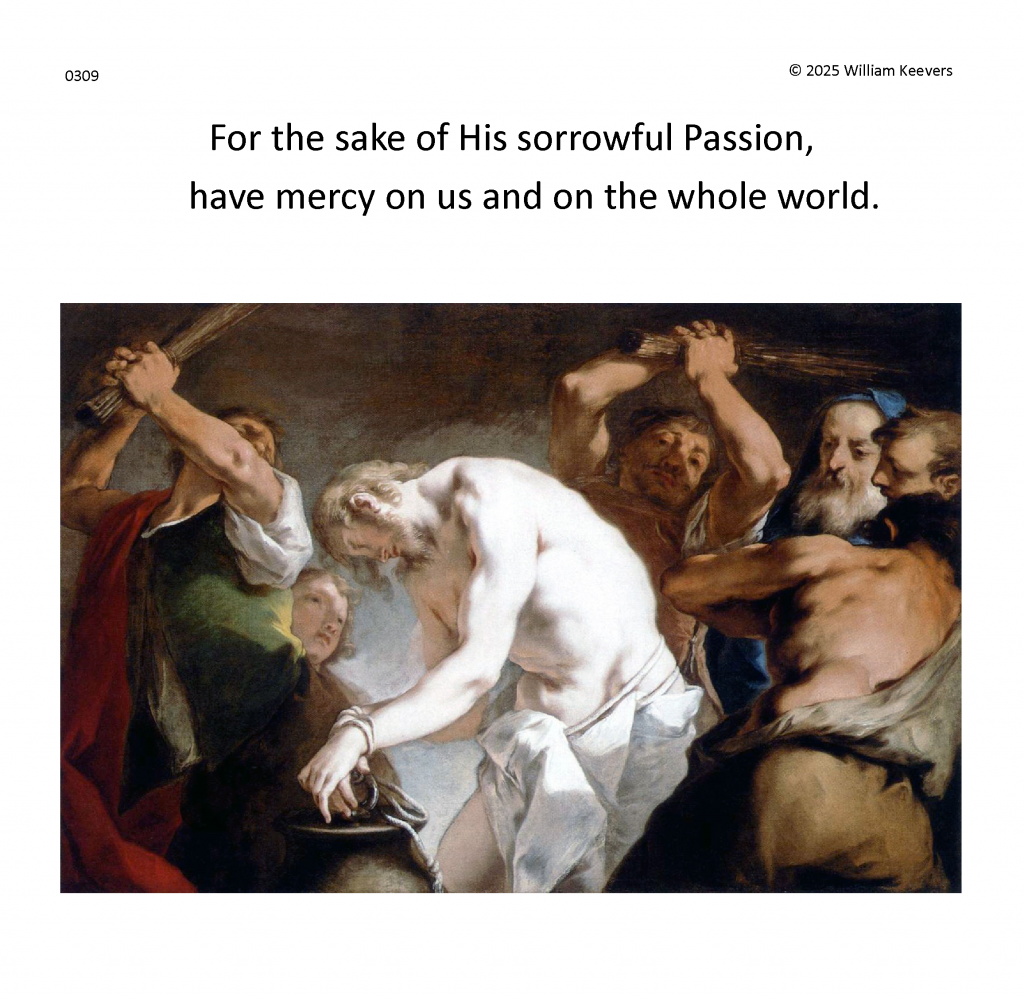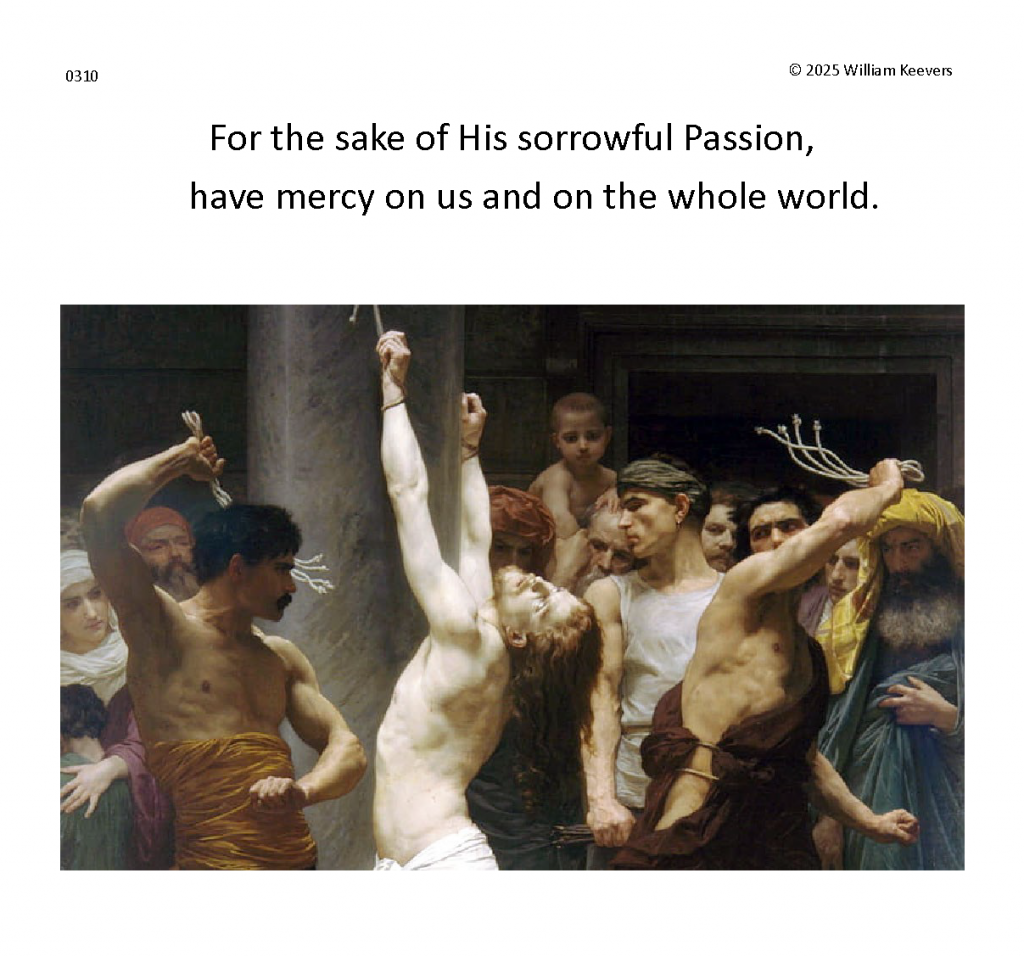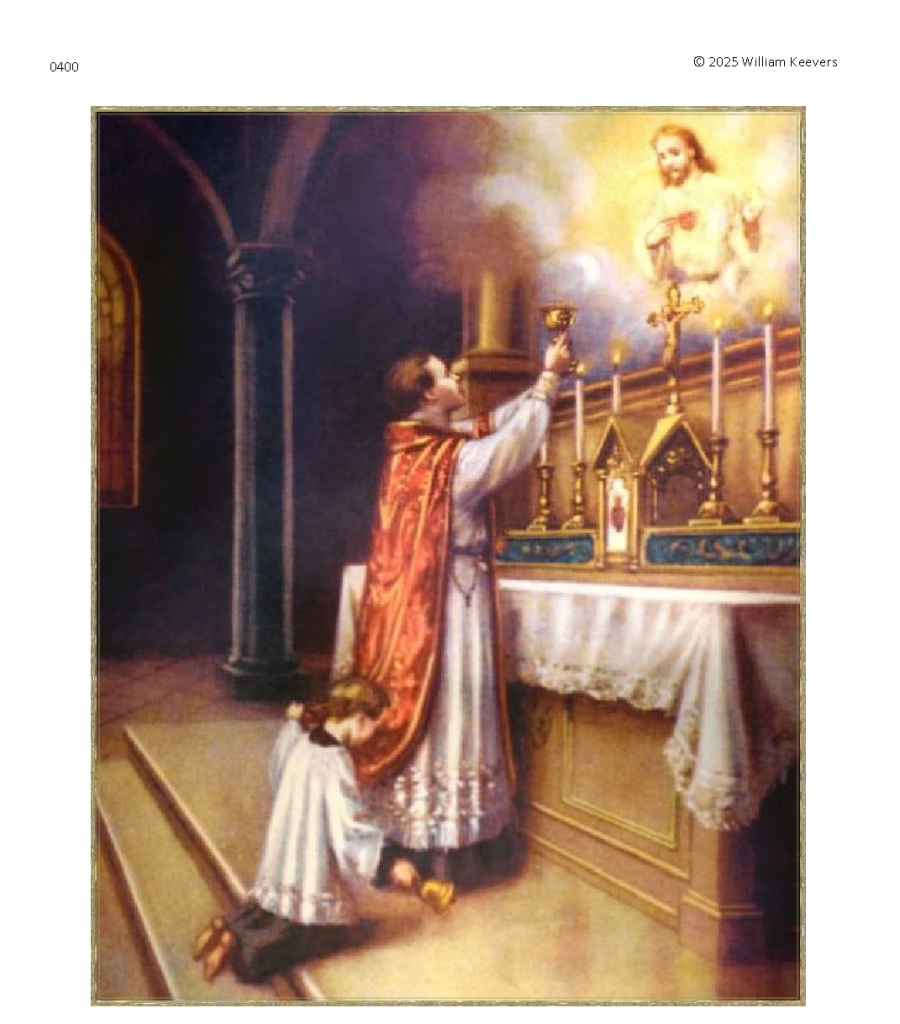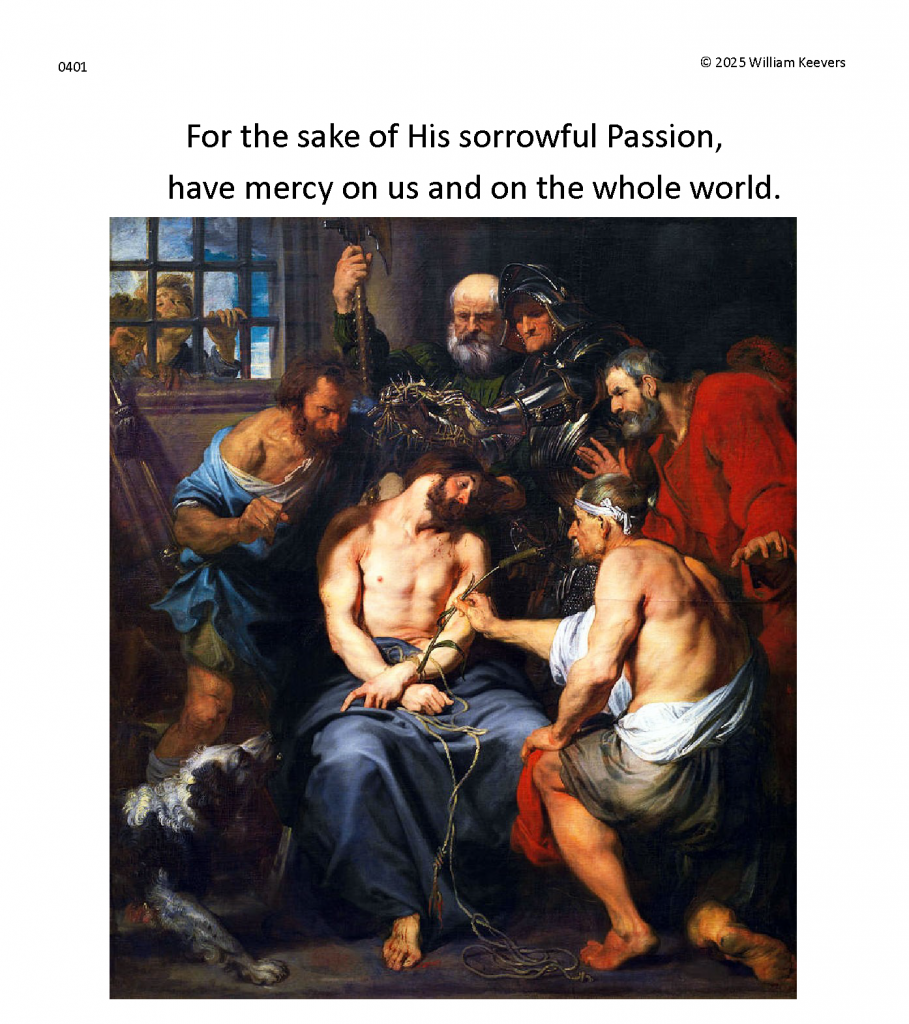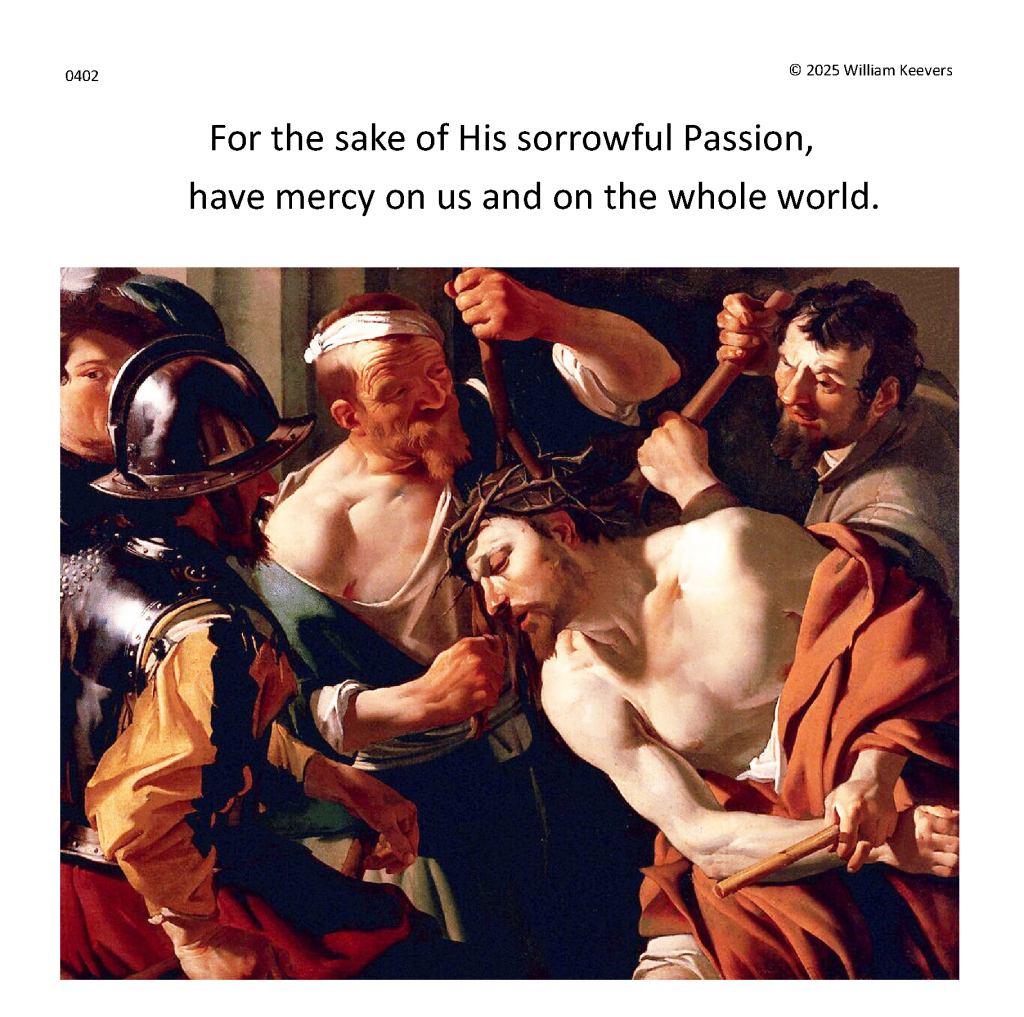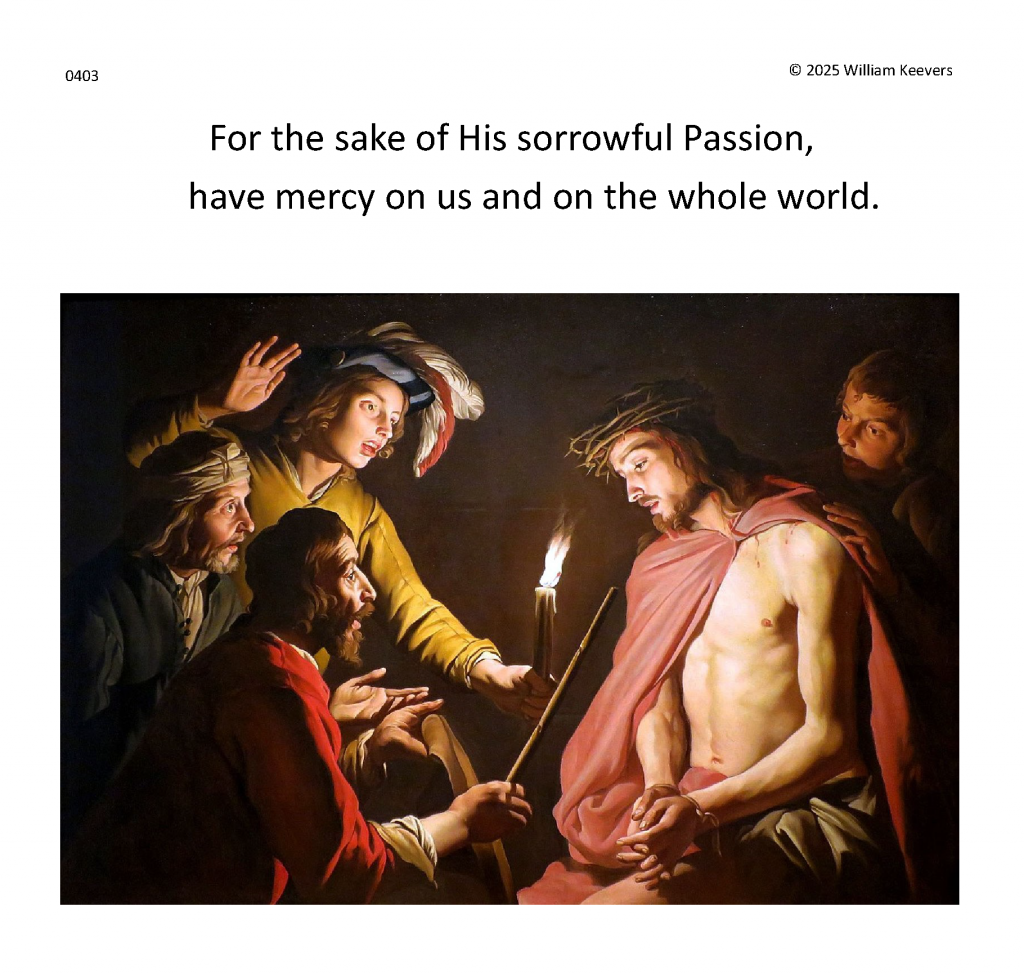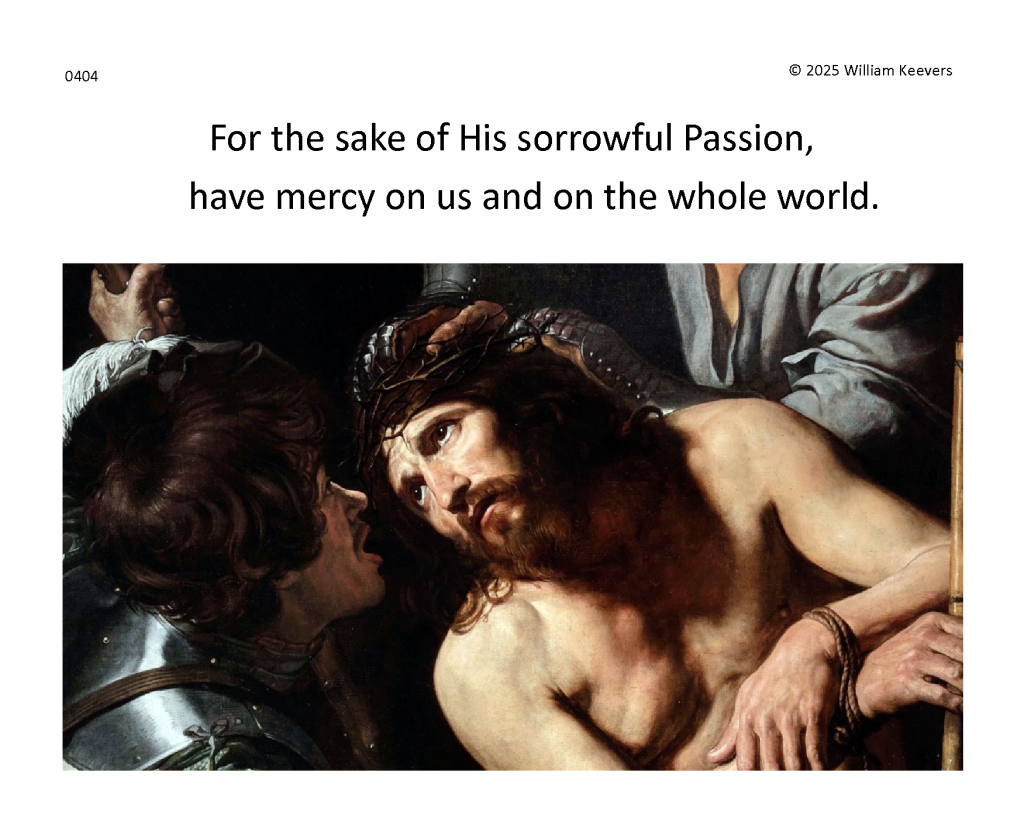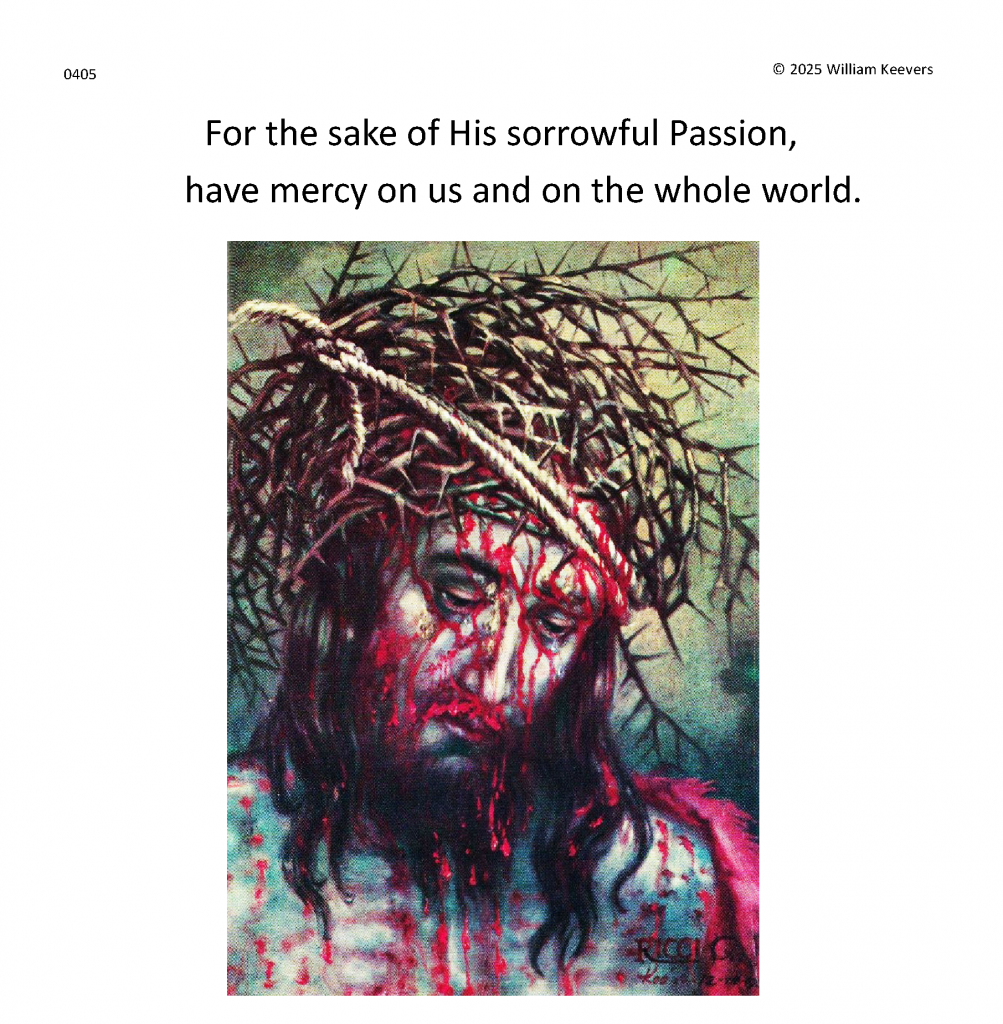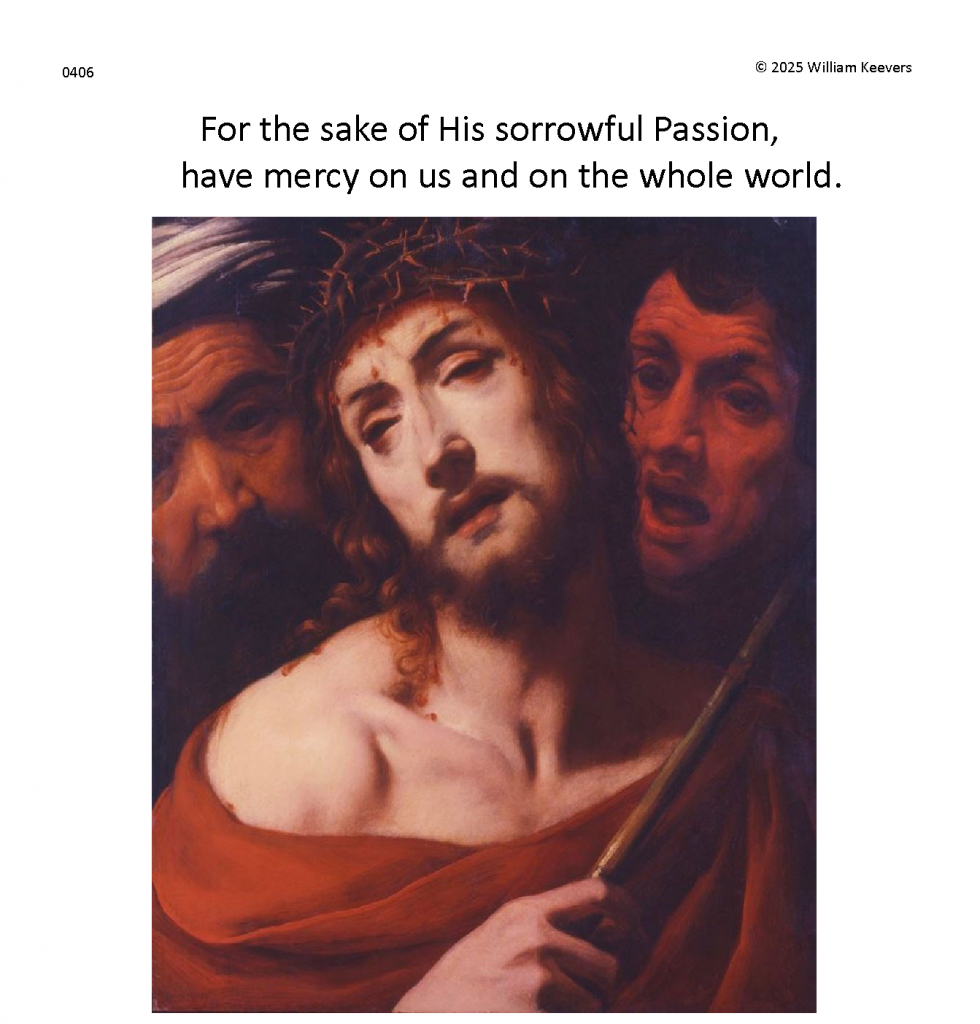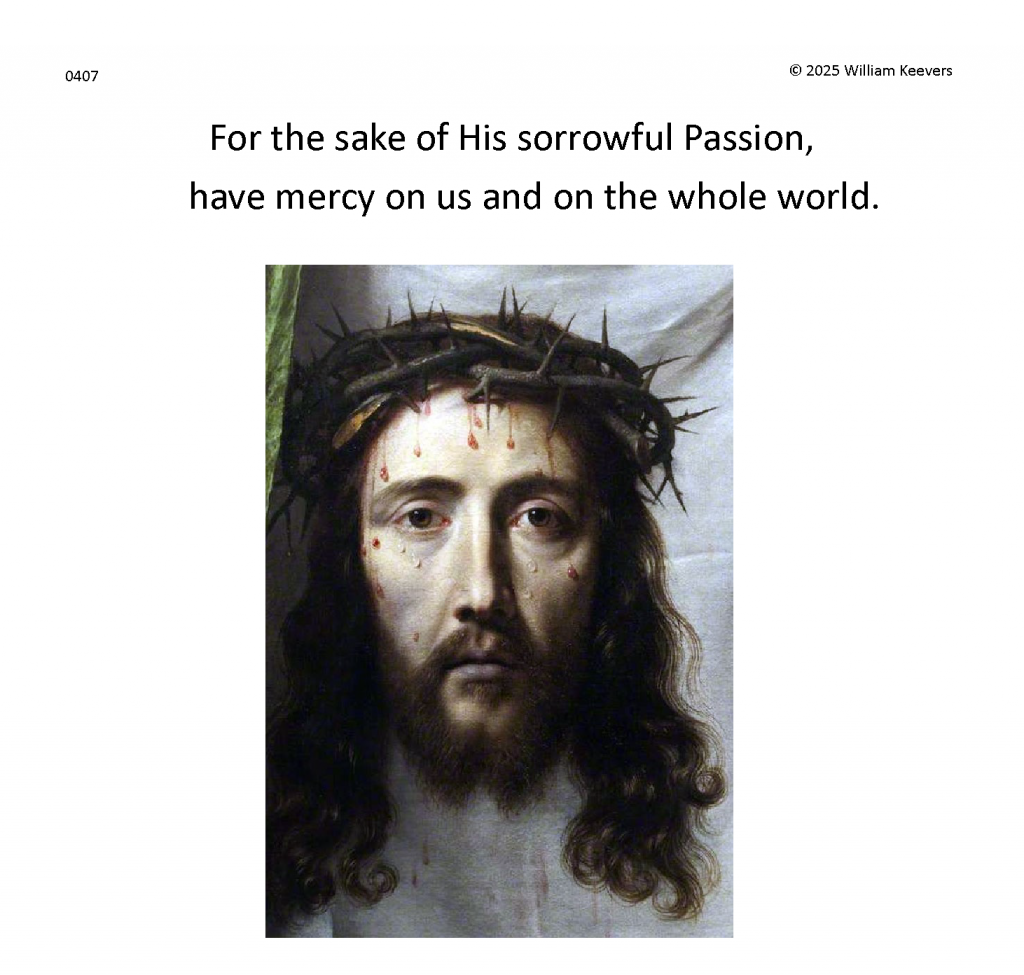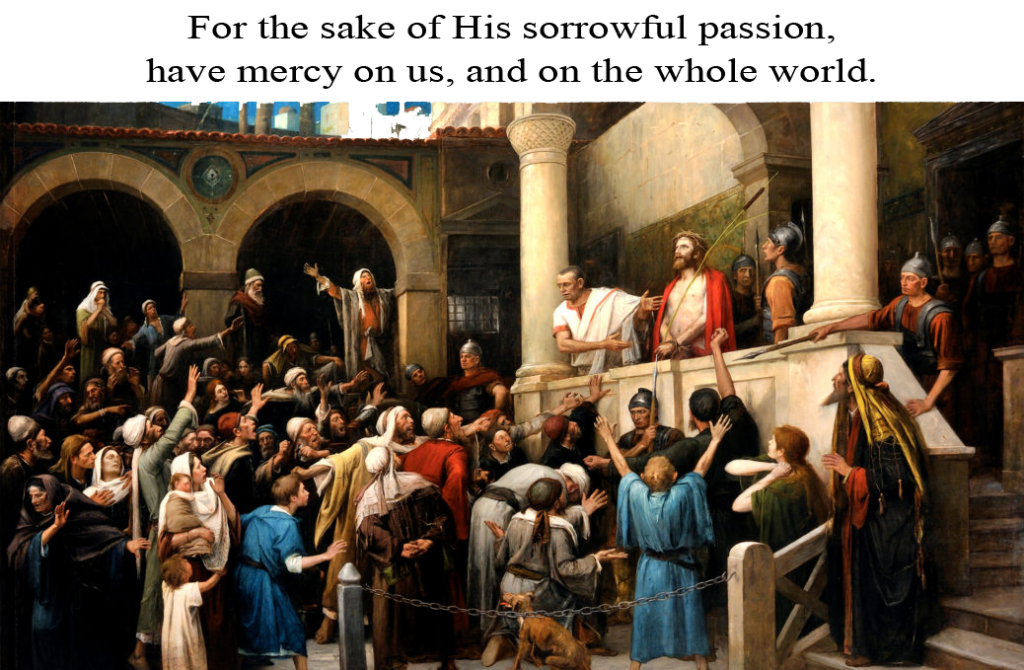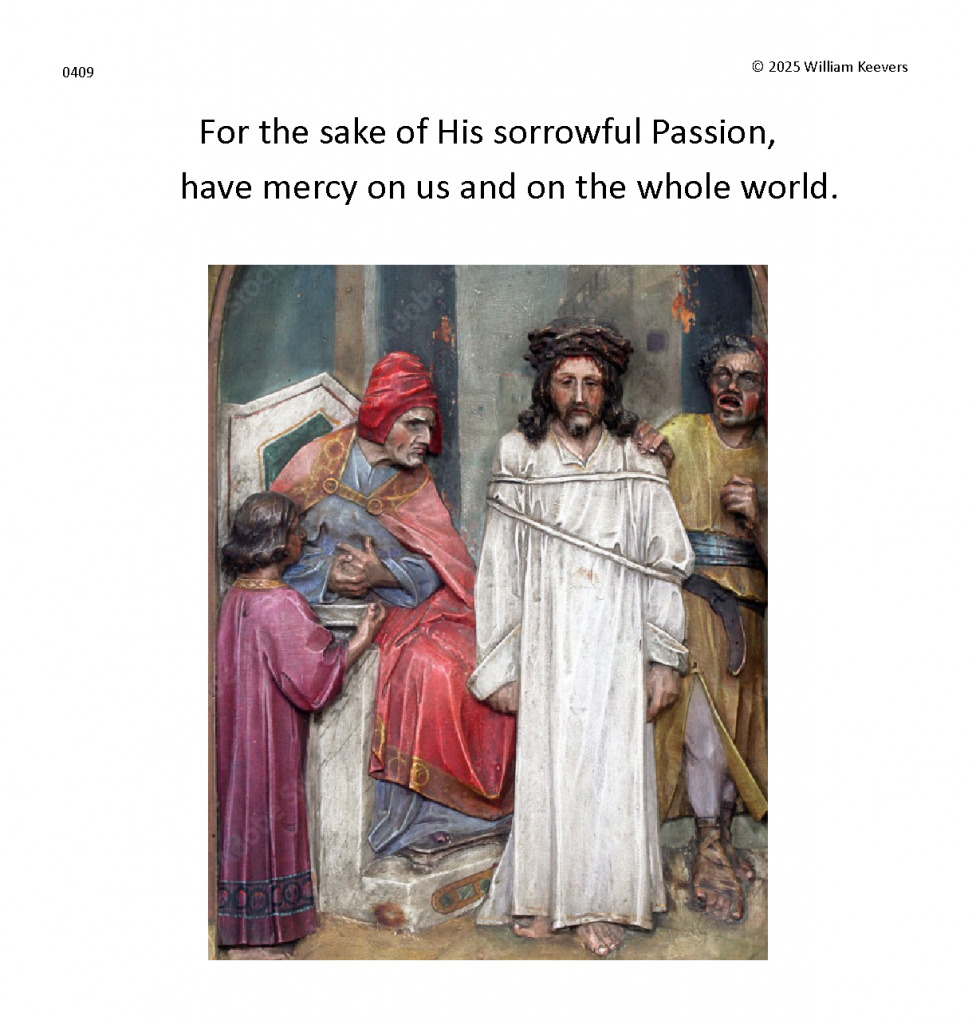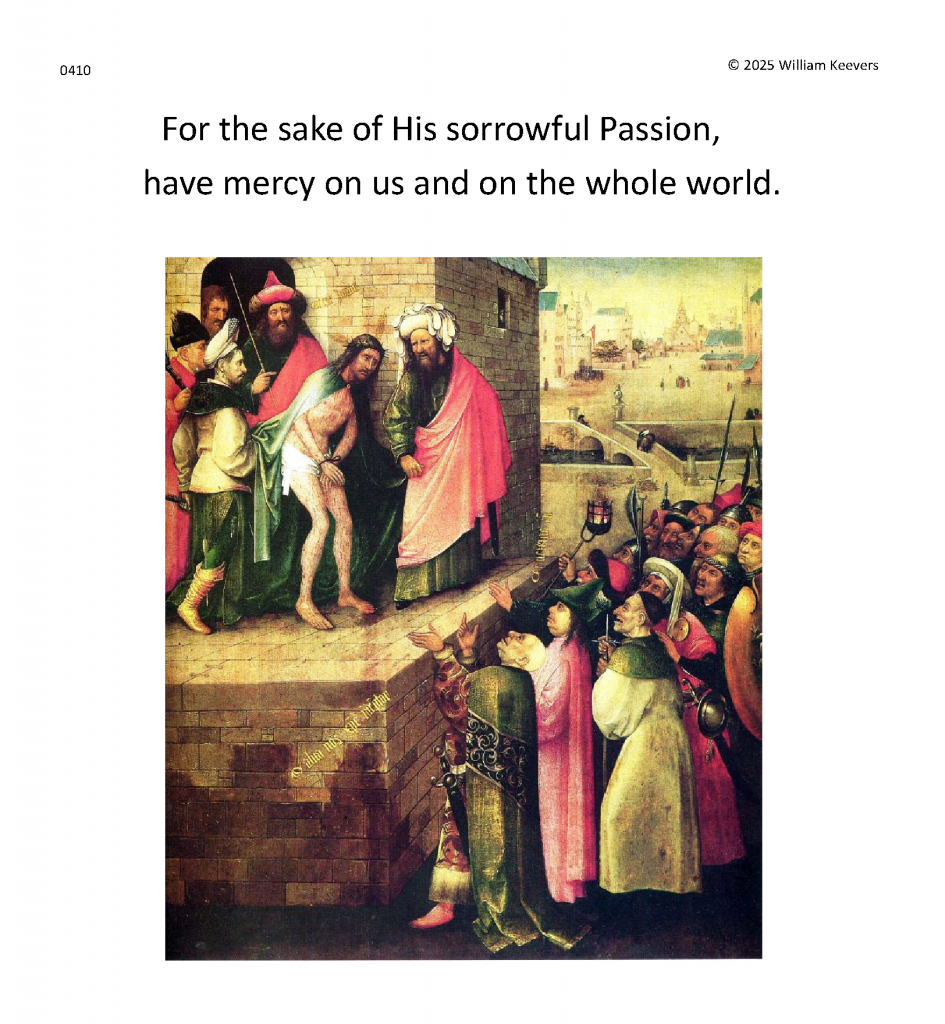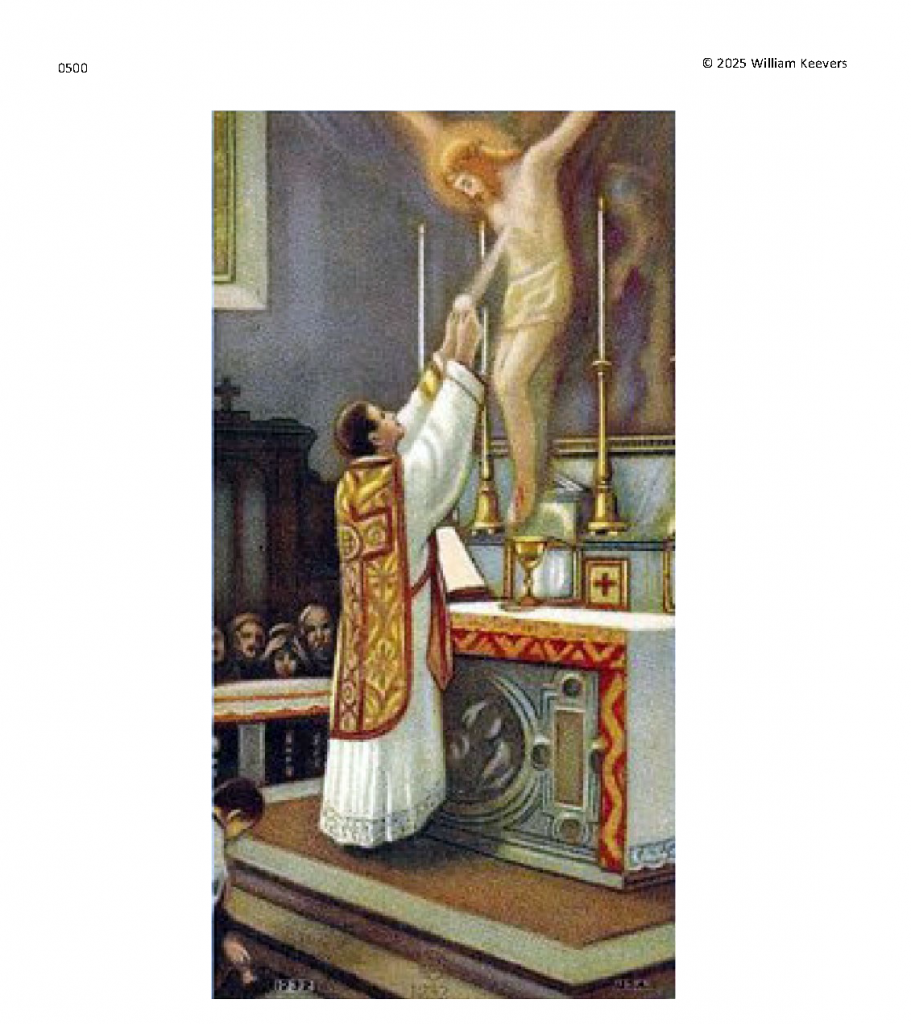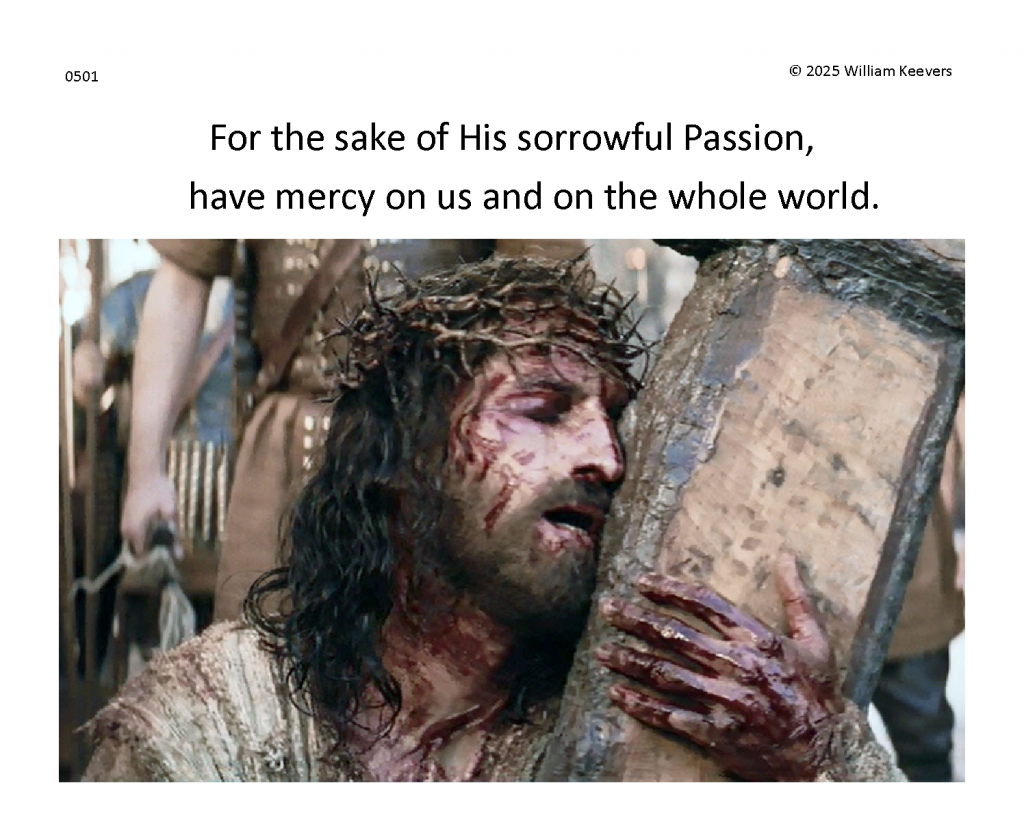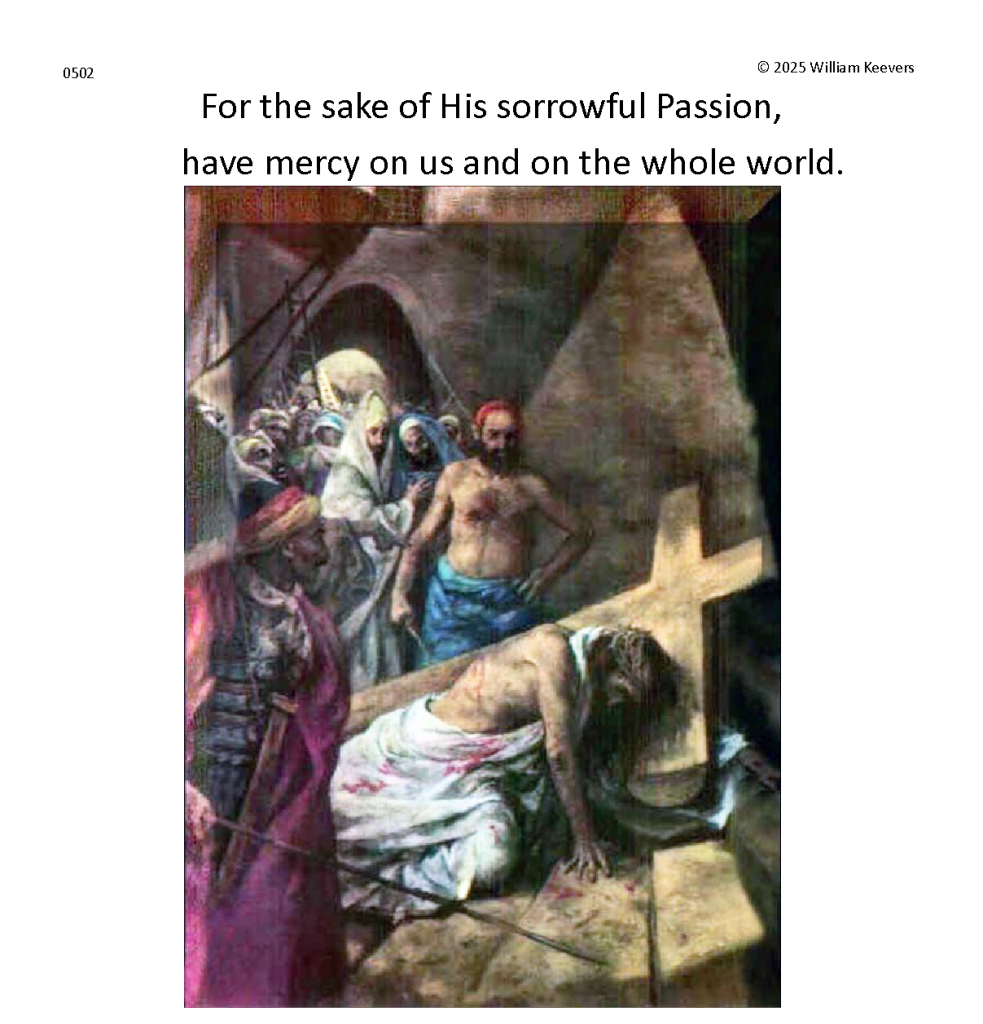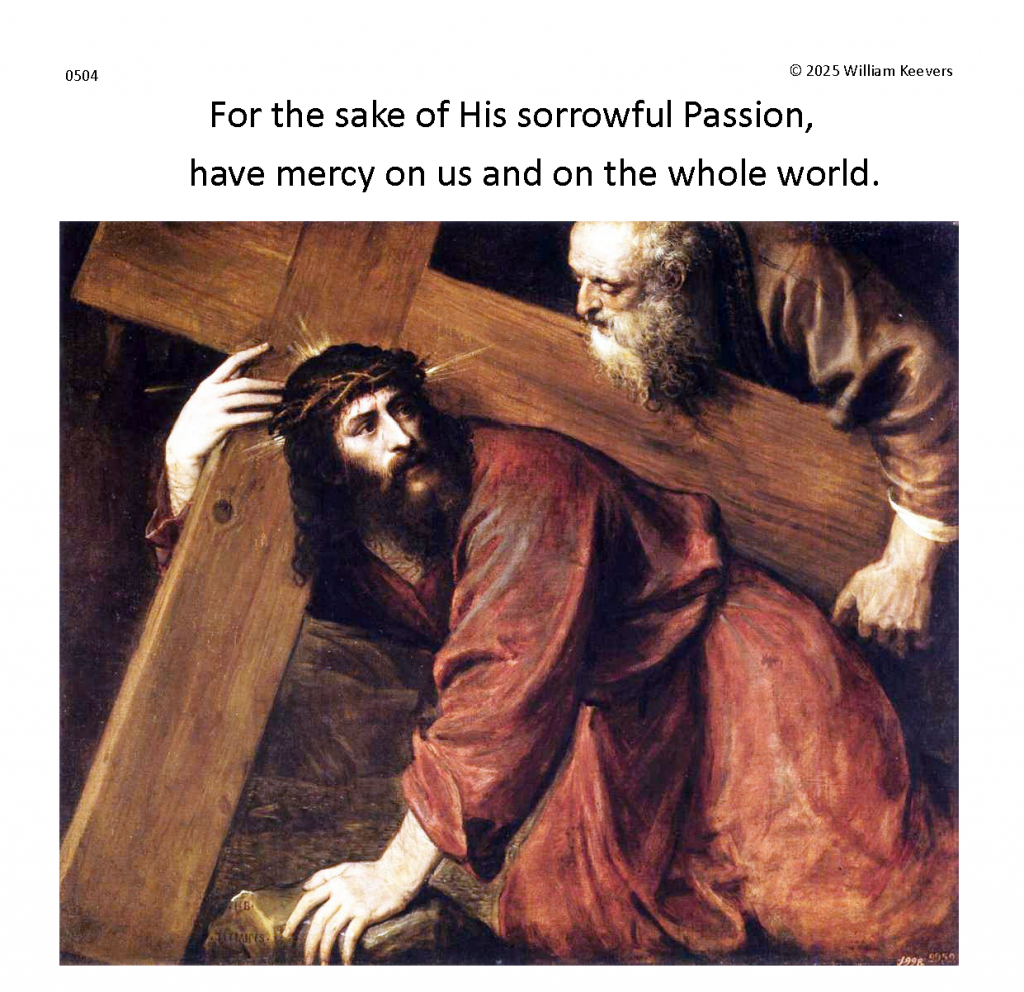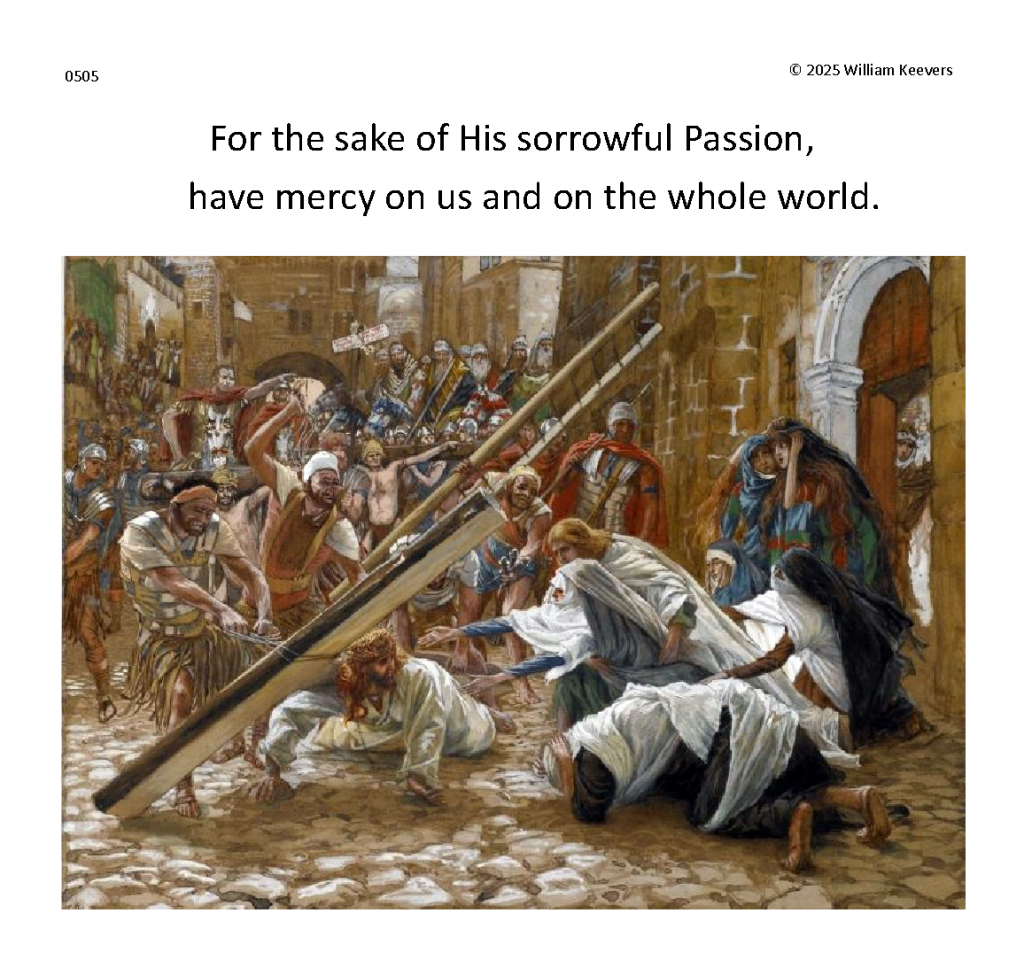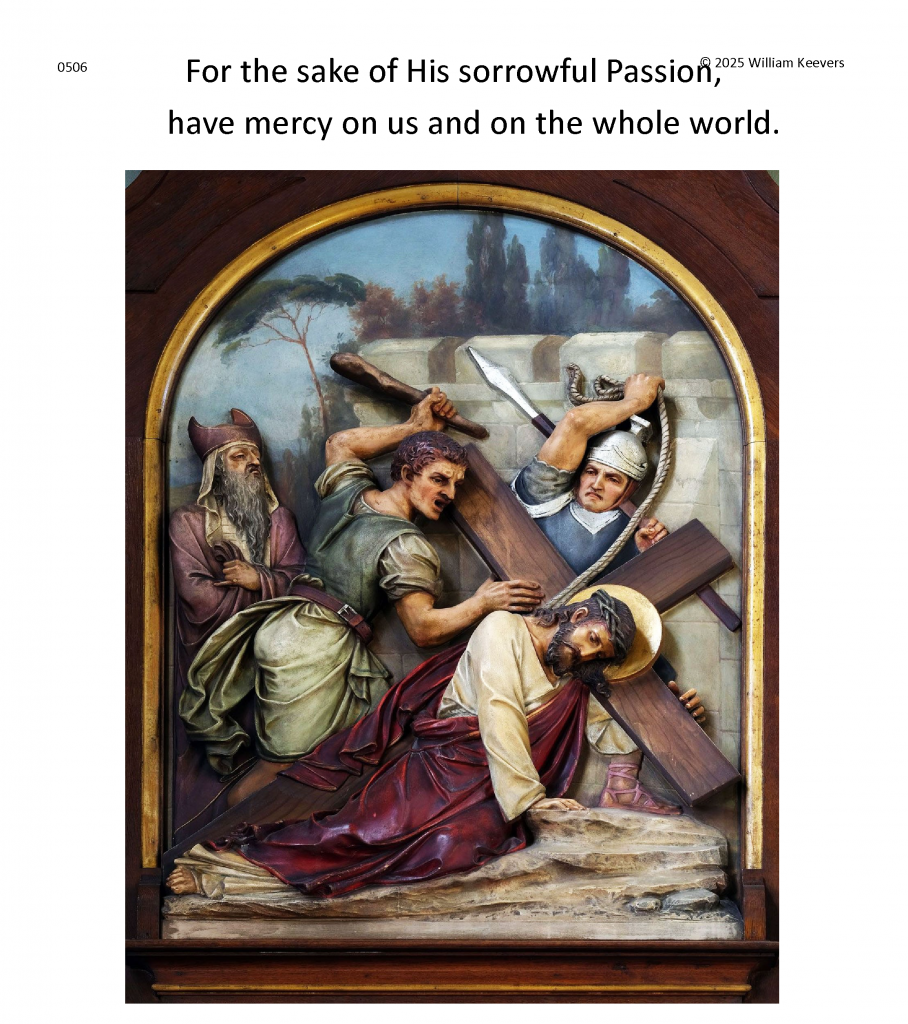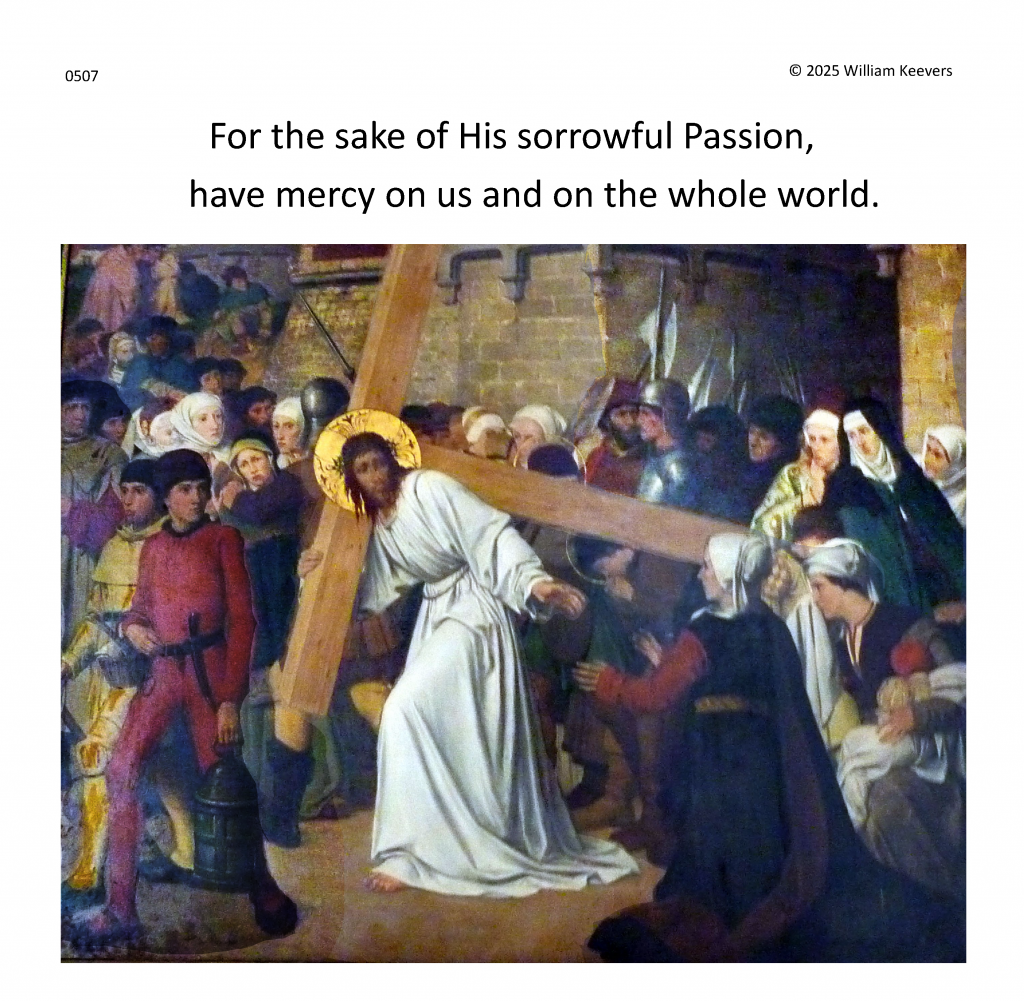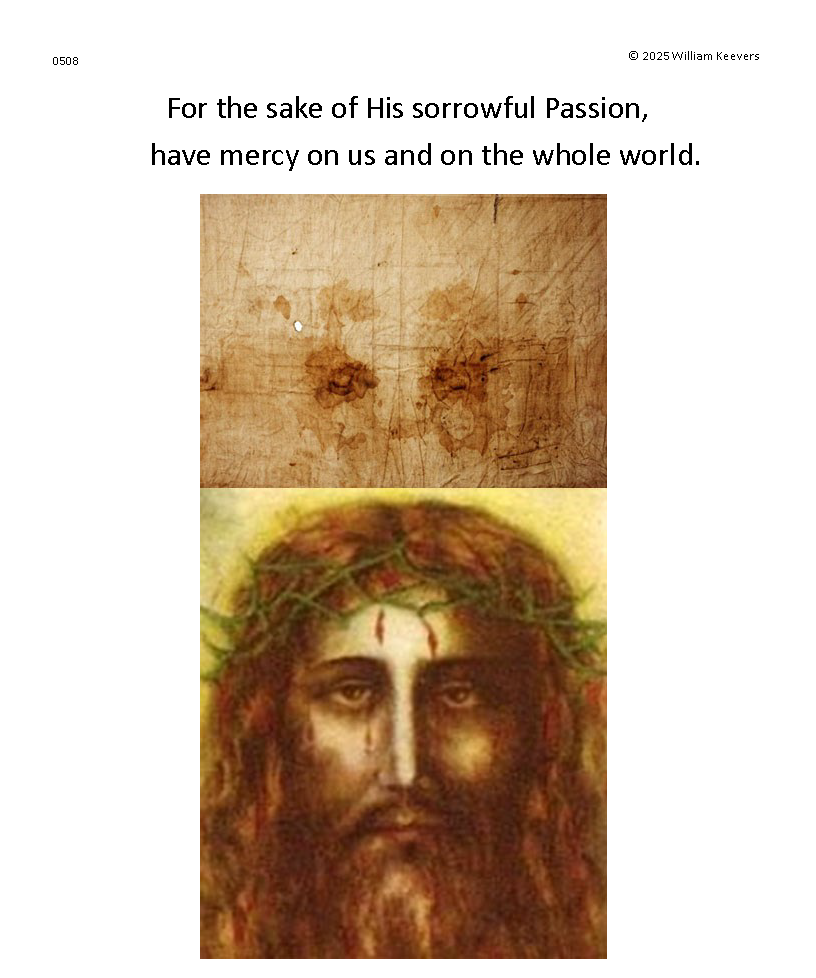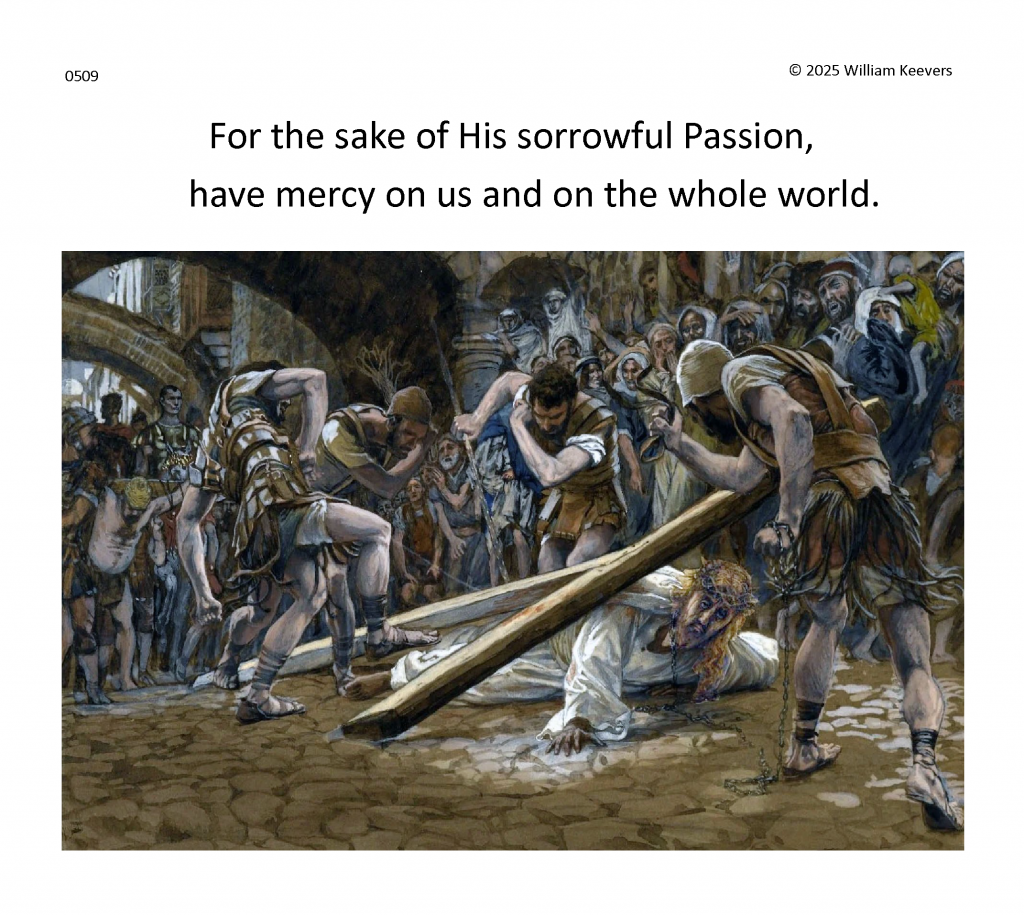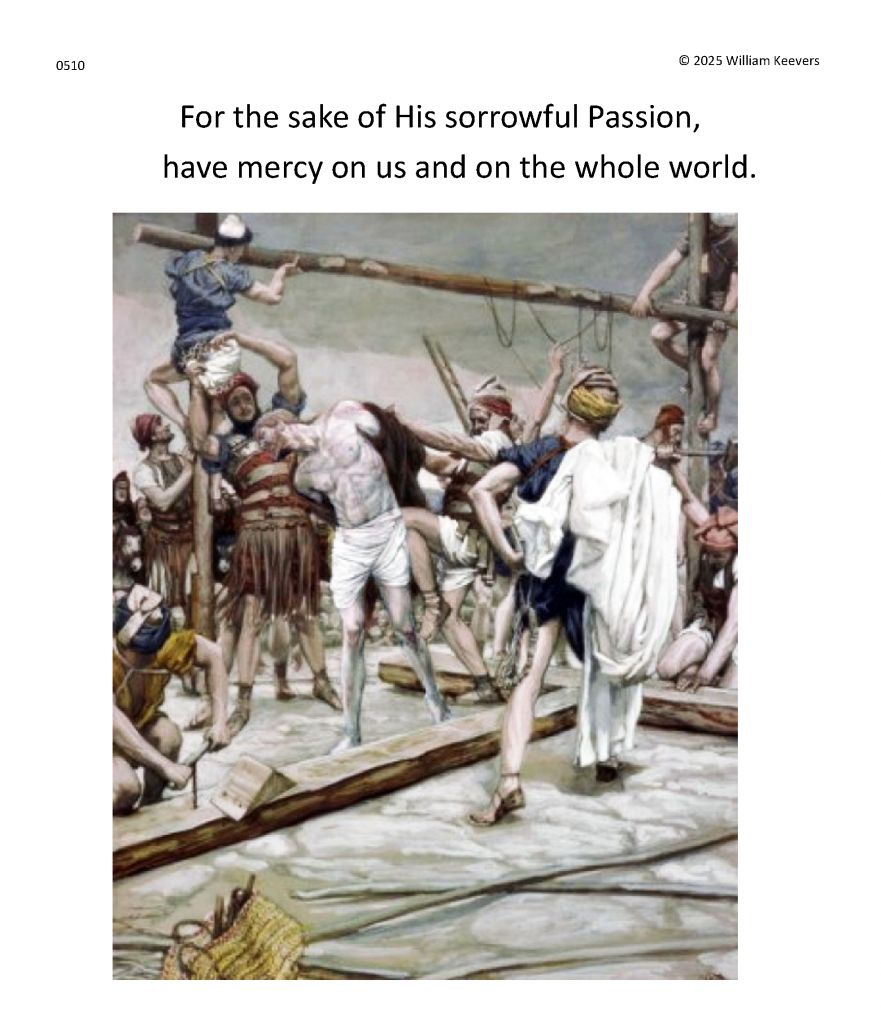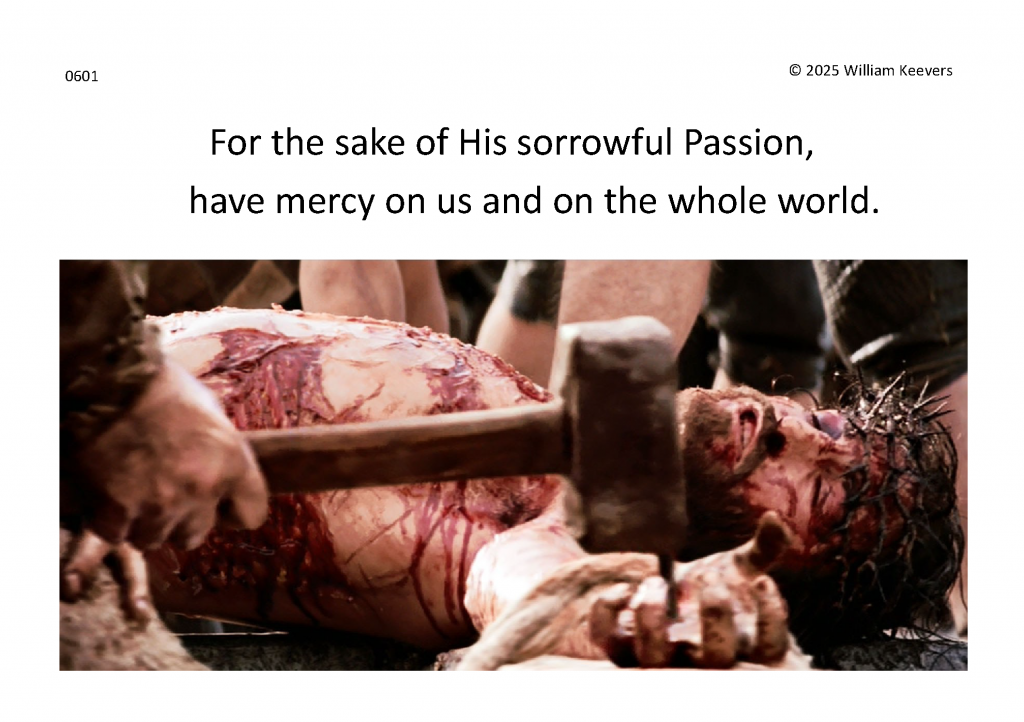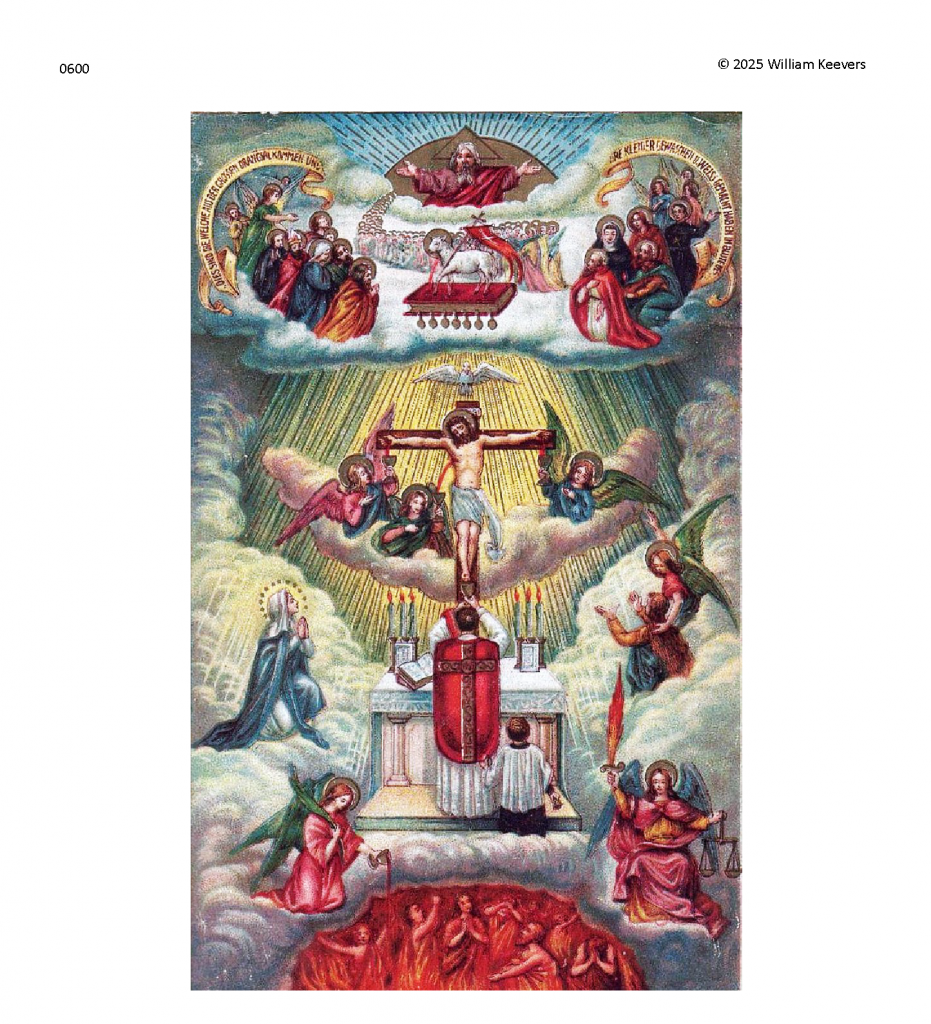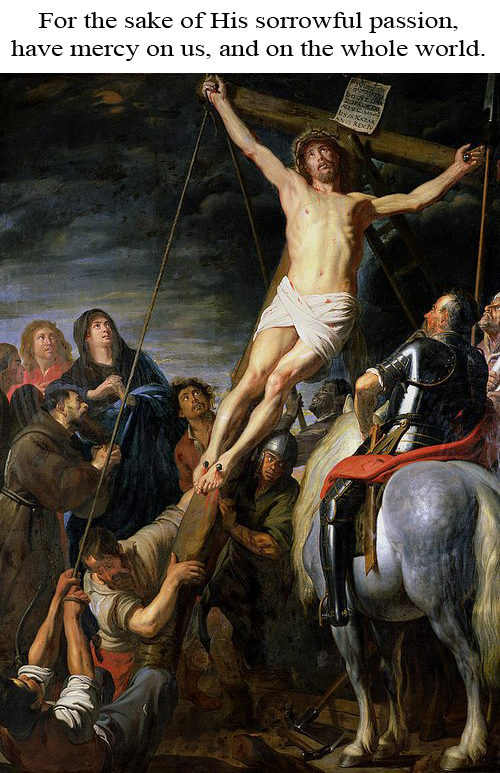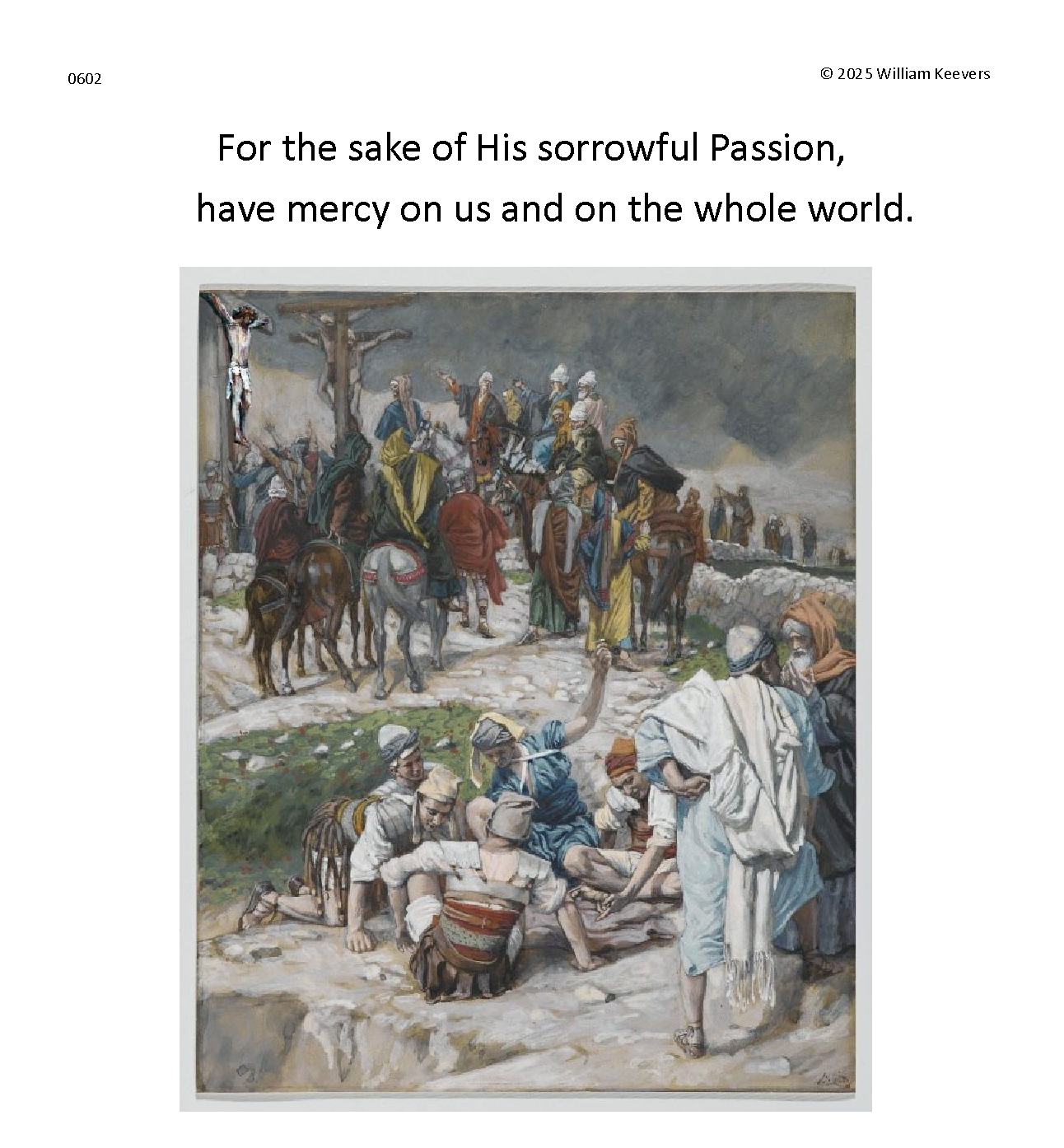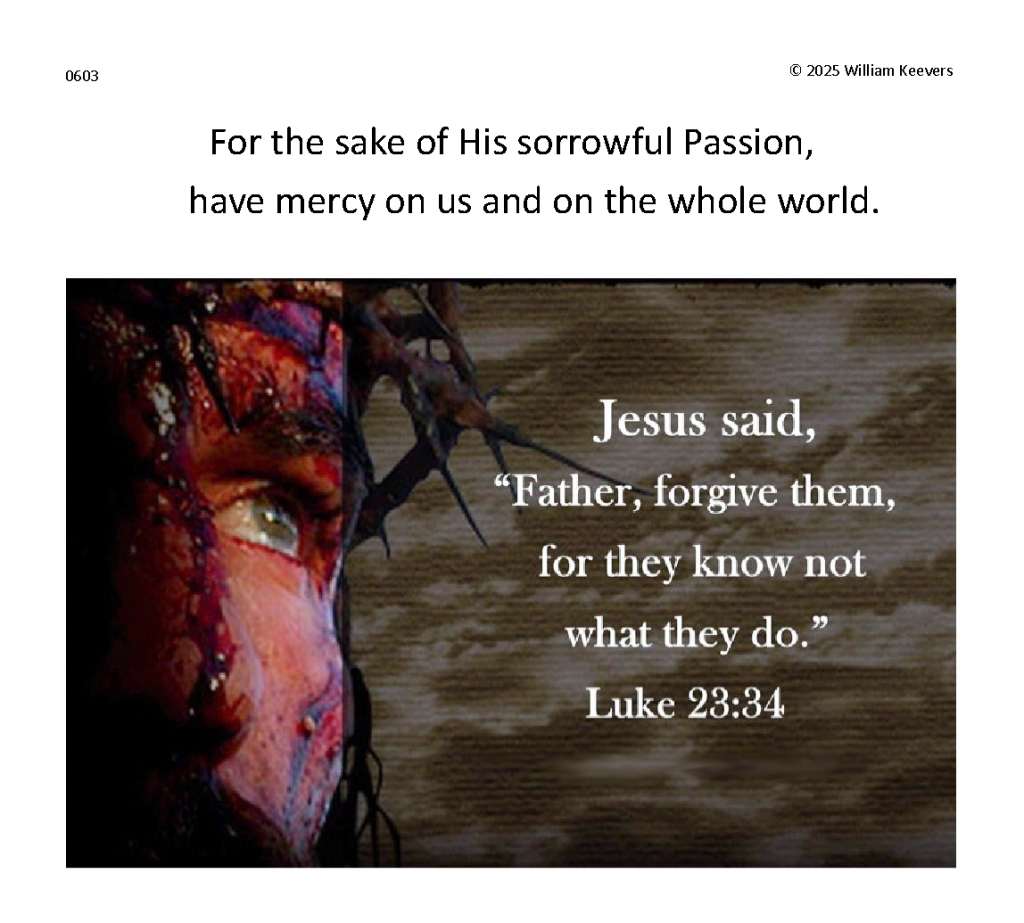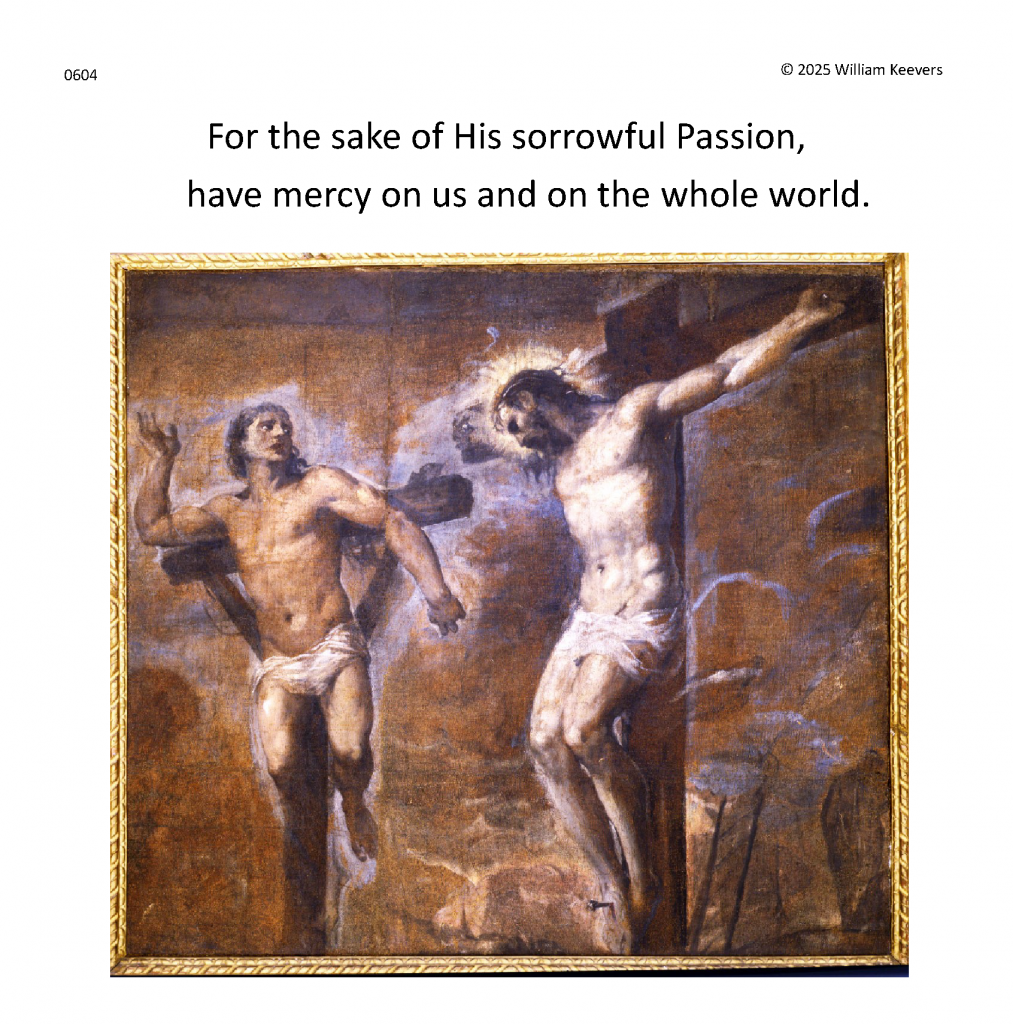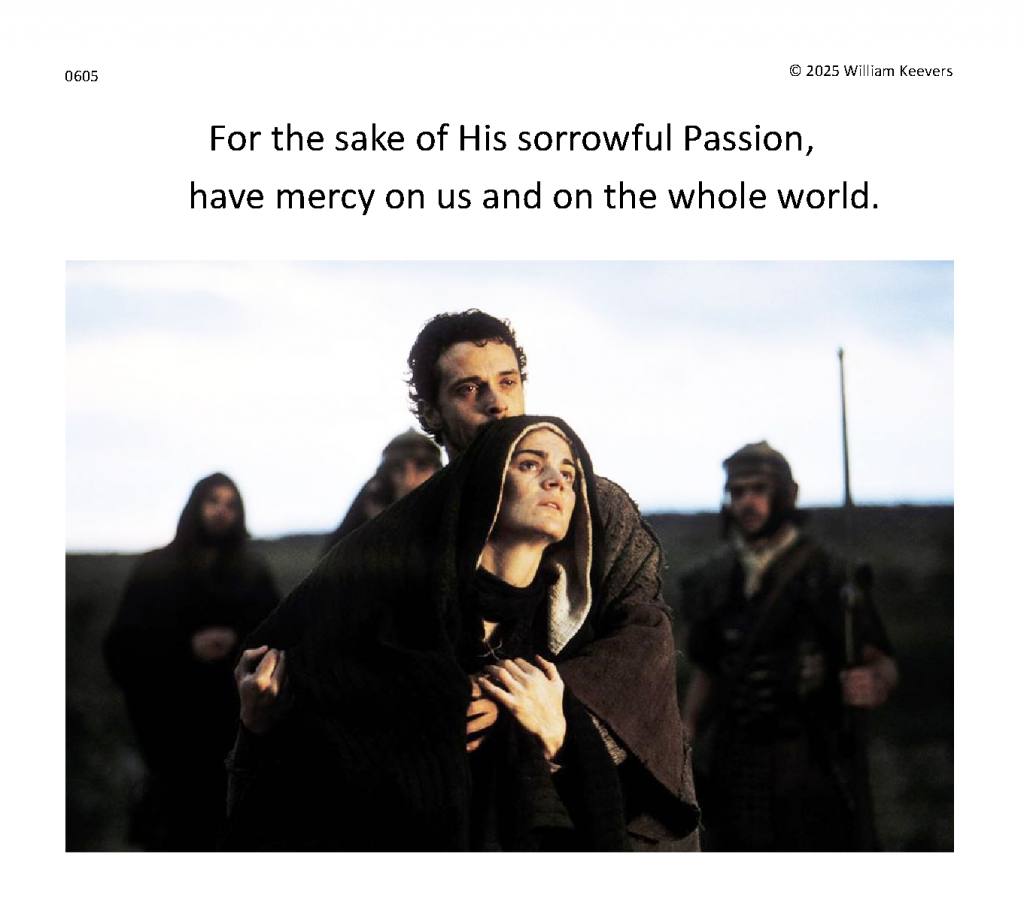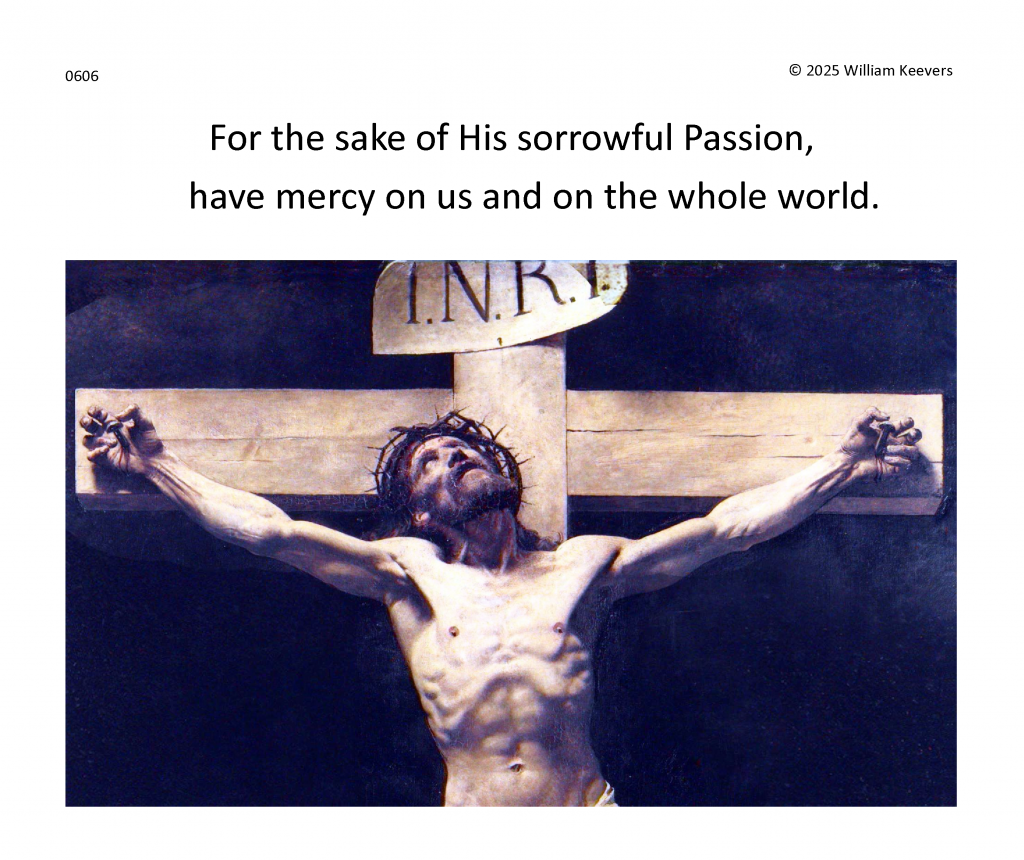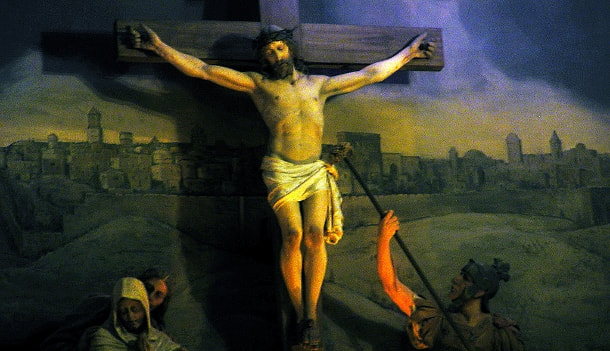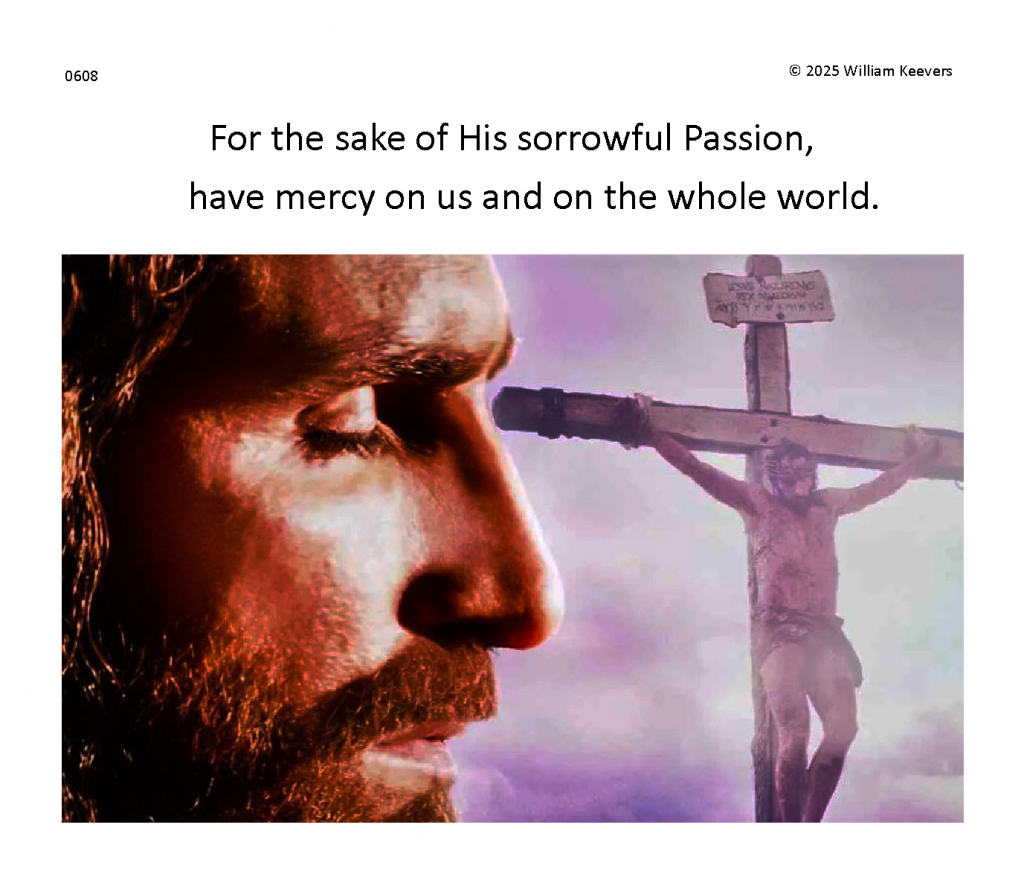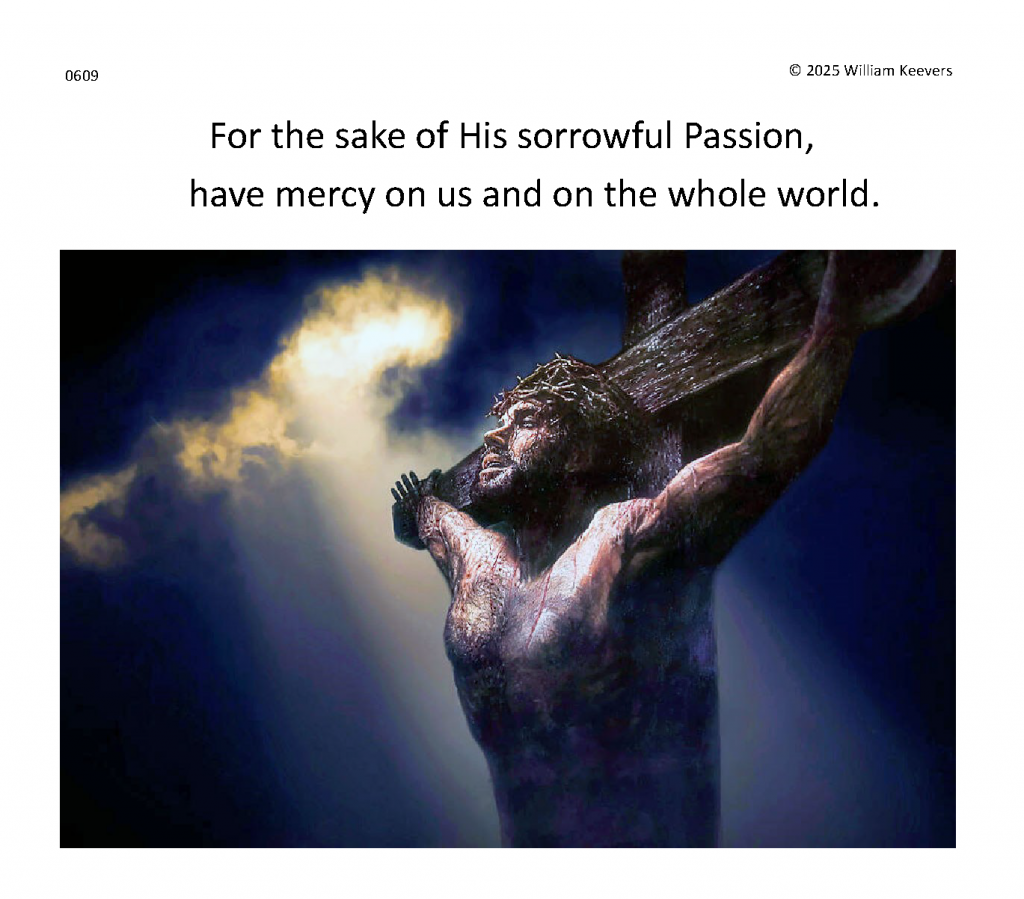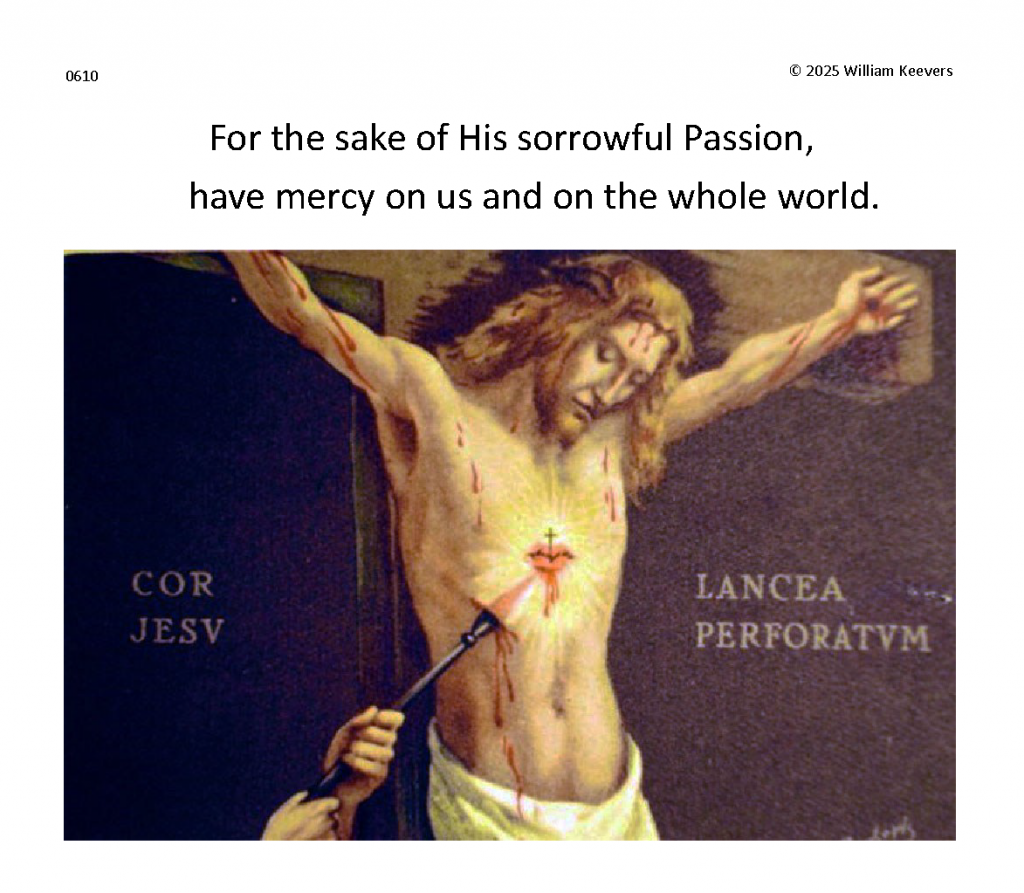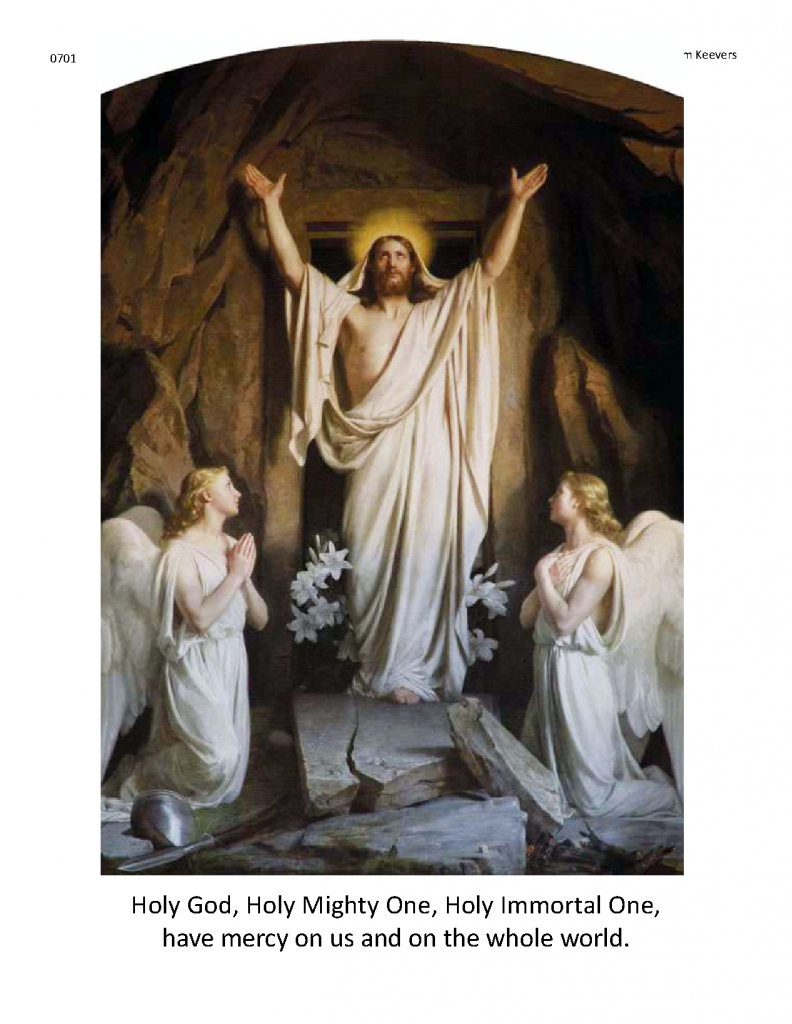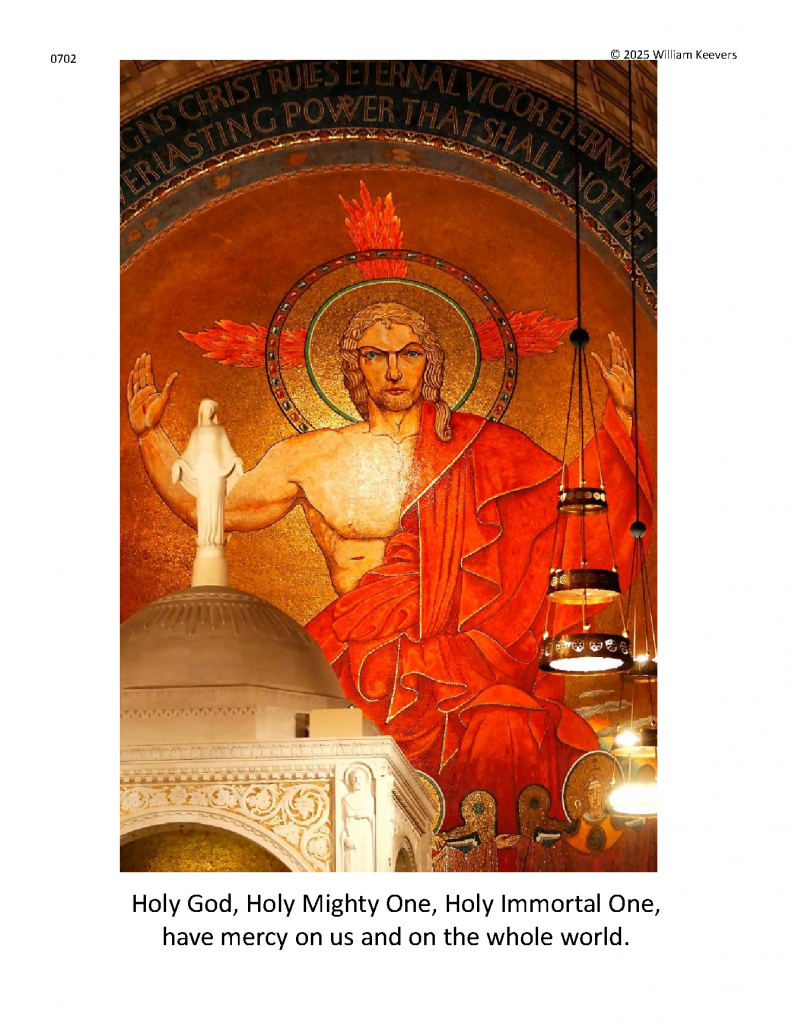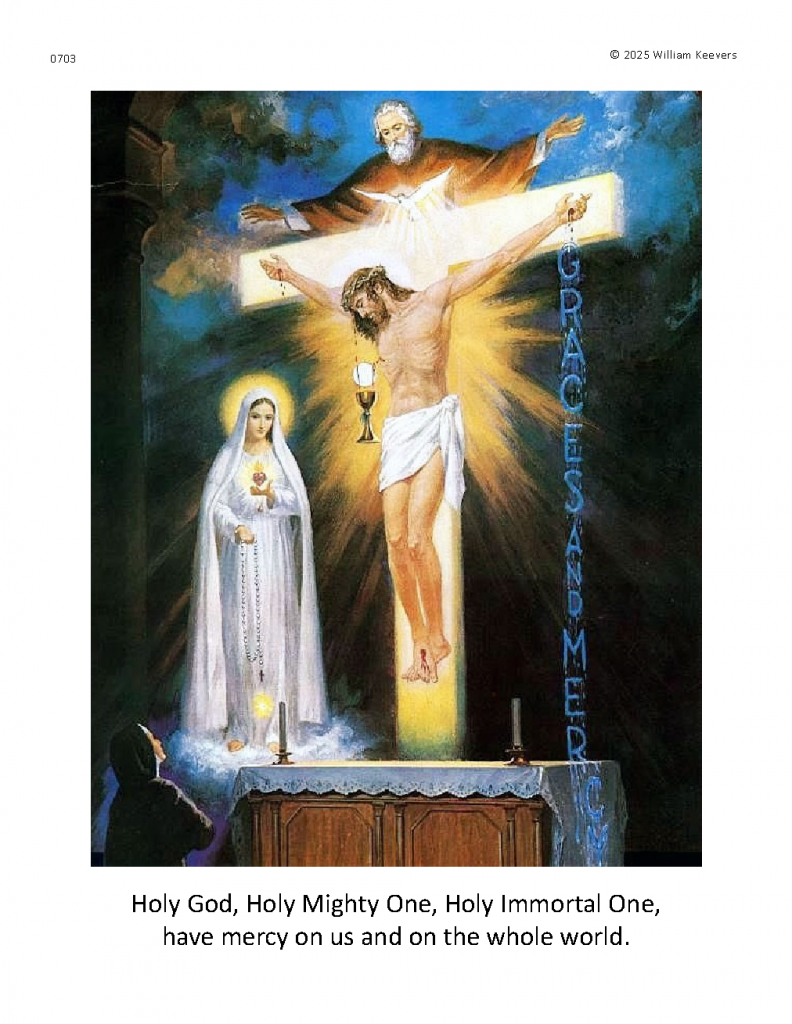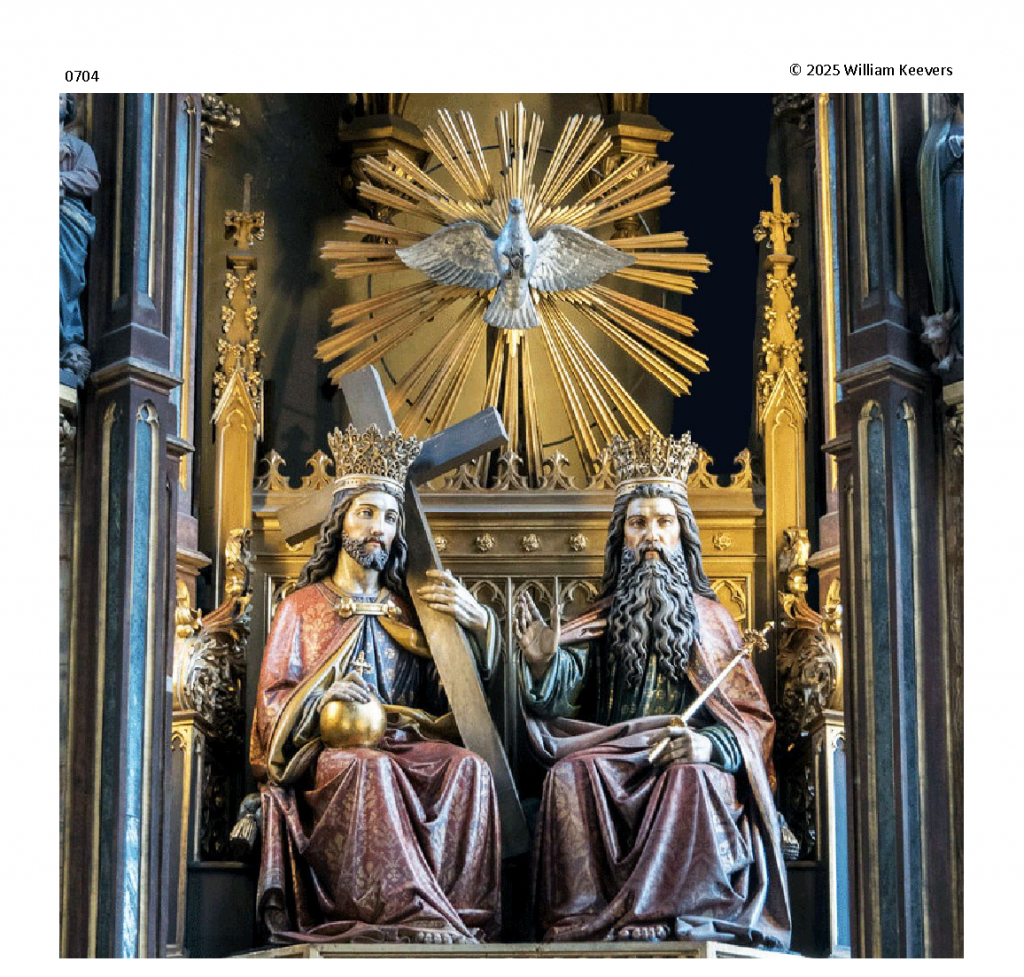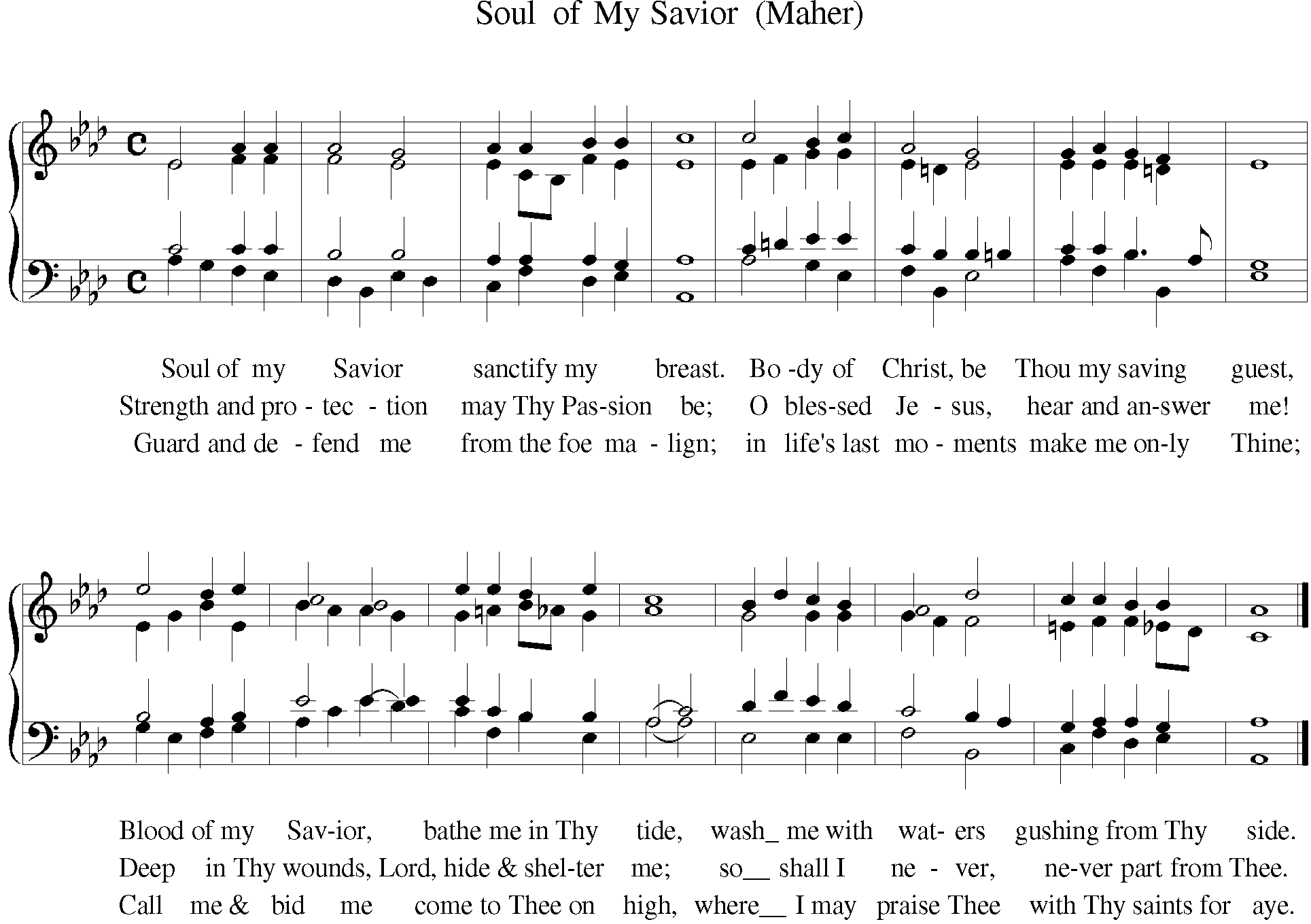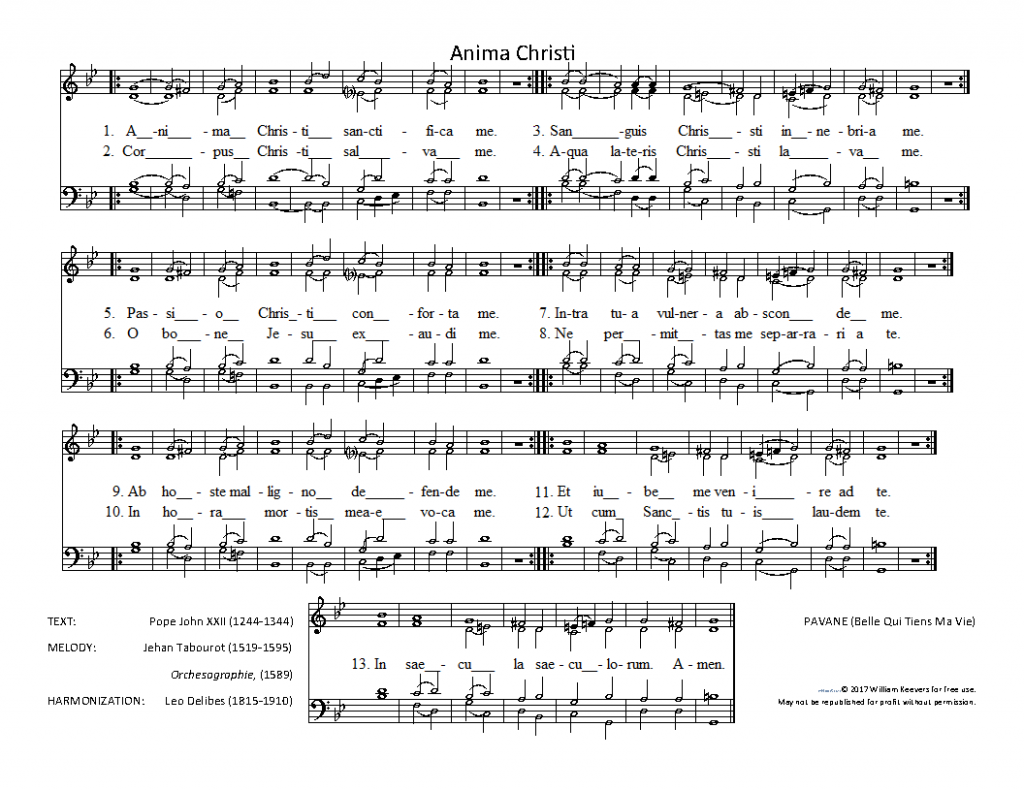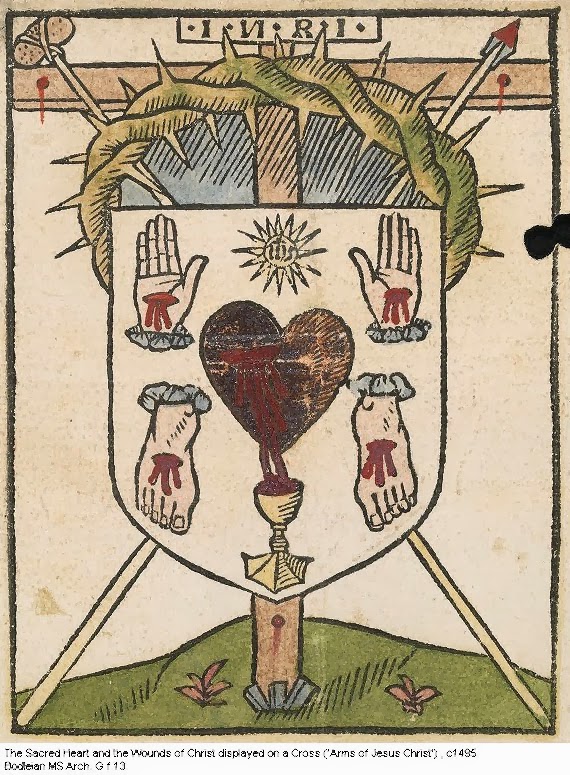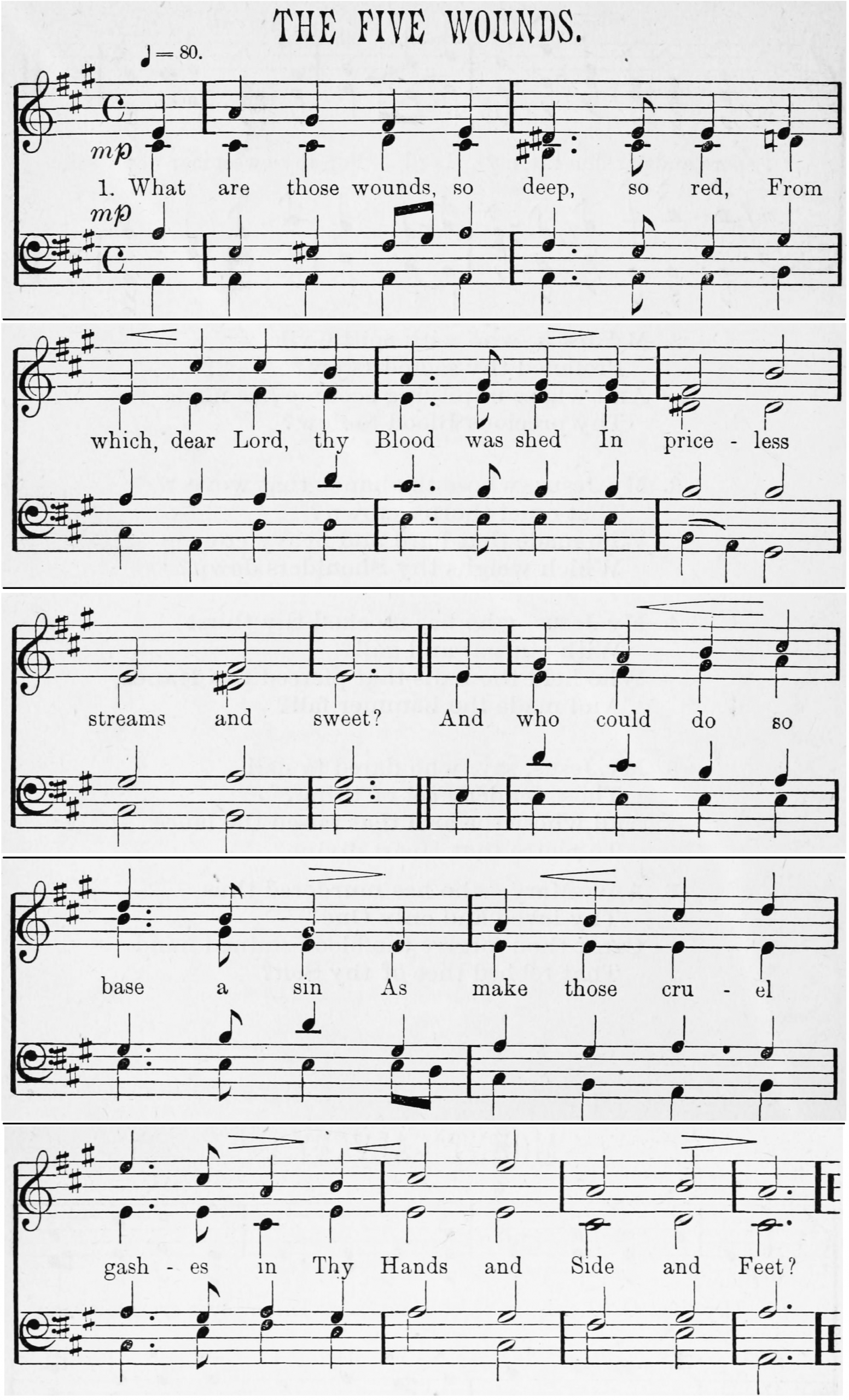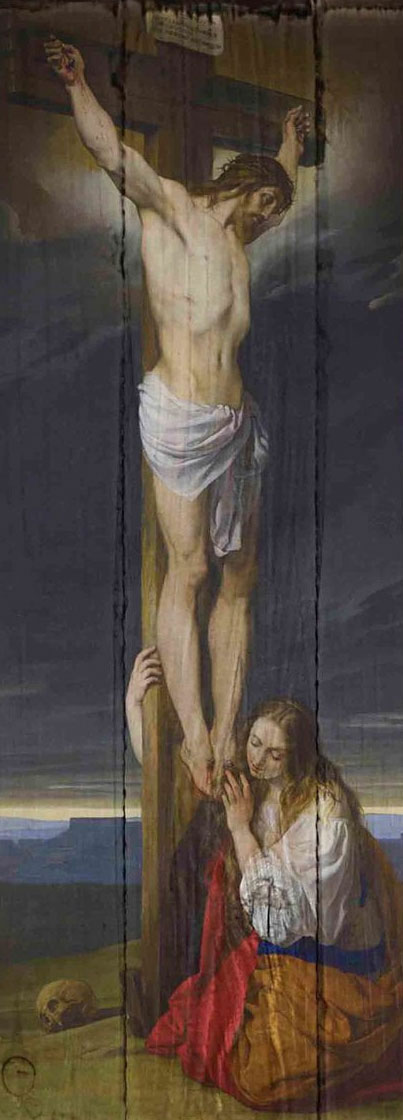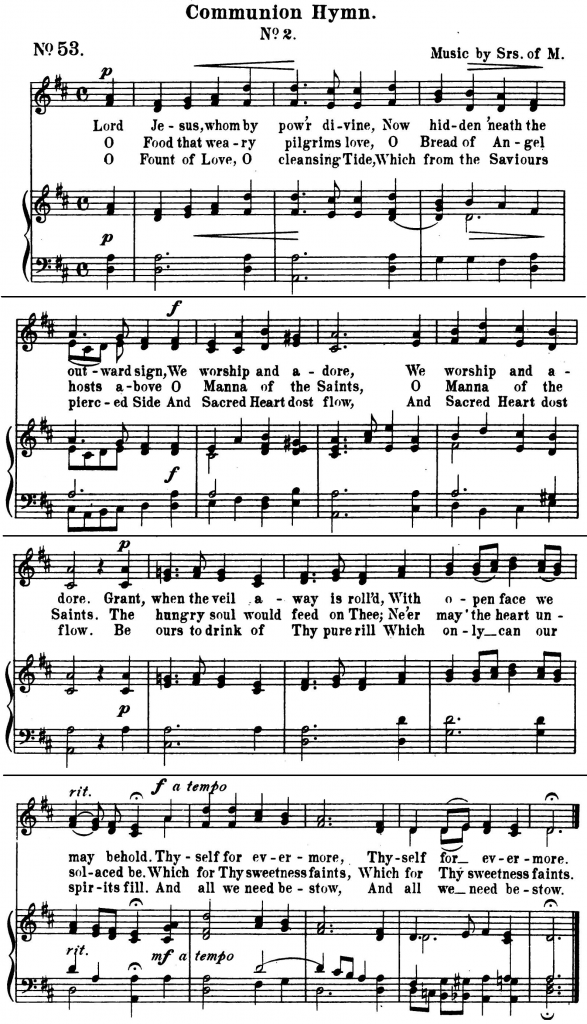This advocacy piece would merely be a paranoid, conspiratorialist rave–except that the actual evidence is all in the notes. (This posting isn’t intended so much as an article, as a set of easily accessible notes for making arguments.)
You can sometimes learn more from your presumptive ‘opponents’ than from your alleged friends, who can actually be acting in Pecksniffian self-interest presenting a highly-filtered public persona, on the presumption that they know better than you what you need to know. Regardless of the functional debilities of extreme leftism, Noam Chomsky still aspires to the tenet of classical liberalism, that “I strongly uphold your right to your point of view, no matter how strongly I disagree with you”. It’s sometimes worth listening to what he has to say.
Noam Chomsky, citing Ralph Waldo Emerson on the elites’ rationale for agitating for universal, compulsory education: “The grounds on which eminent public servants urge the claims of popular education, is fear” … [that, in their words, he says] … “This country is filling up with thousands and millions of voters, and you must educate them to keep them from our throats”, meaning, “educate them the right way,” keep their perspectives and their understanding narrow and restricted, discourage free and independent thought, and frighten them into obedience –something that’s done over and over in the schools as well–we’ve all experienced it.”
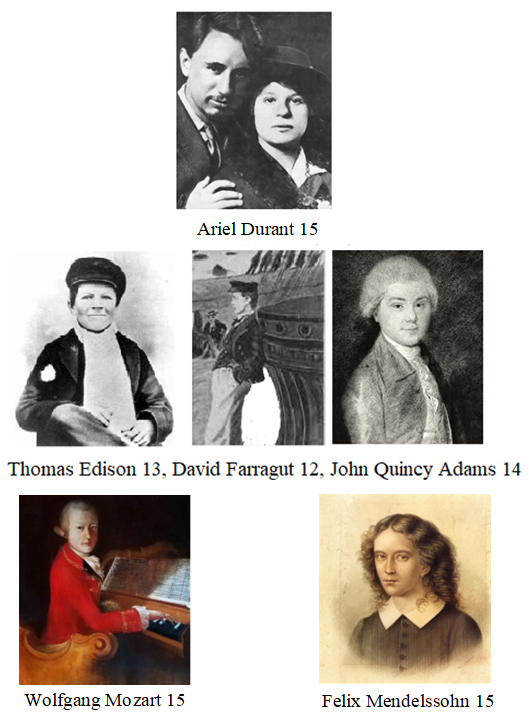
WE breed water dogs not to bite game birds, we hood falcons to control them, when race horses run too fast we “handicap” them with lead weights, and when students are in danger of independent learning so that they threaten to evade being conditioned into mindless consumers and docile, unquestioning employees of giant corporations, we subject them to “schooling”.
College graduates today have been denied, by design, a basic liberal-arts education that was freely available to many 1-room schoolhouse, elementary students prior to the imposition of universal forced schooling in the period 1880-1920. It was a result of planned, deliberate deprecation of curricula and intense, adverse behavioral conditioning, which long preceded their high school graduation. A vast store of evidence for this assertion, unknown to the general public, is in freely available authors in a tradition of “studies of Deliberate Dumbing Down K-12”. (Author list at the end of the article.)
.
The issue of deliberate dumbing down (DDD), of unimaginably vast scope, centers on the confidential history, virtually never discussed openly in the press or taught in schools or colleges themselves, that contrasts the rigidly controlled, standard anti-intellectual conditioning children receive today in public schools, with the extreme opposite, self-directed, radical freedom which prevailed in America prior to the railroads (1840).
.
America from the Colonial/Revolutionary period, until the mid-19th century, was an outpost of personal independence, granted immunity by geographical isolation, from the restrictive model of Europe’s old-world, highly stratified class system. (America was at a colonial “margin” at some distance from the imperial center, England. The historical dissolution in the mother country of the ancient, manorial-feudal medieval society in which peasants had traditional rights to the land which their lord could not abrogate, had been disrupted centuries earlier in England than in America, with the enclosure of common lands for specialized sheep-grazing for the Italian wool trade by the lower gentry, socially rapacious behavior in common with the higher nobility, friends of Henry VIII, in the despoiling of Church lands built up over centuries of free labor accumulation under the evangelical counsel of Poverty. This pattern of dissolution only encroached on the colonial margin in America, centuries after it happened at the center, in England.) For instance, it was illegal in 19th century England to teach to lower class children, what John Taylor Gatto termed “the active literacies”, writing, public speaking and the cultivation of eloquence.
.
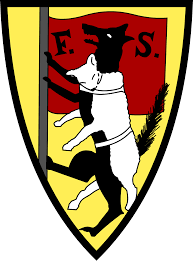
Concurrent with the liberal Protestant biblical studies (“Historical-Critical Method”) of Adolf von Harnack in the late 19th century which “proved” that biblical accounts of miracles were “fantasies”, agnostic or atheist northern German philosophers were instrumental in enlarging on the rationalist foundation of the French Enlightenment until the late 19th century rise of the Fabian Socialist Society (symbol: a wolf in sheep’s clothing) espoused by the high architects of compulsory, universal, dumbed-down schooling. In contrast with the 99% of humanity which has believed in some sort of God, “when people stop believing in God, they don’t believe nothing, they’ll believe anything”.
.
“There can’t be a God, nor any Heaven”, (the outlook that “proves one is a ‘scientist‘ “), therefore, let’s “create” heaven on earth, “eat, drink and be merry, for tomorrow we die”, (never to be resurrected into any eternal paradise), continually “improving” humanity, reinventing ourselves, on Darwin’s racist model of human “survival of the fittest”, leading to Hitler’s death factories and ultimately, today, to Bill Gates’ great purge of the “excess” of the majority of humanity.
.
A free people would never accept this. Therefore, starting in the mid-19th century, American children had to be wrested out of their family traditions and religions by secretly socialistic, anti-intellectual conditioning, subjecting them, in compulsory, universal, police-enforced, deliberately dumbed-down schooling, beyond the parents’ knowledge and understanding, to the endless drudgery of factory schooling, “at least keeping them off the streets and out of trouble”, precisely from the age when their brains should be furiously, delightfully absorbing everything about the wonderful, fascinating world.

